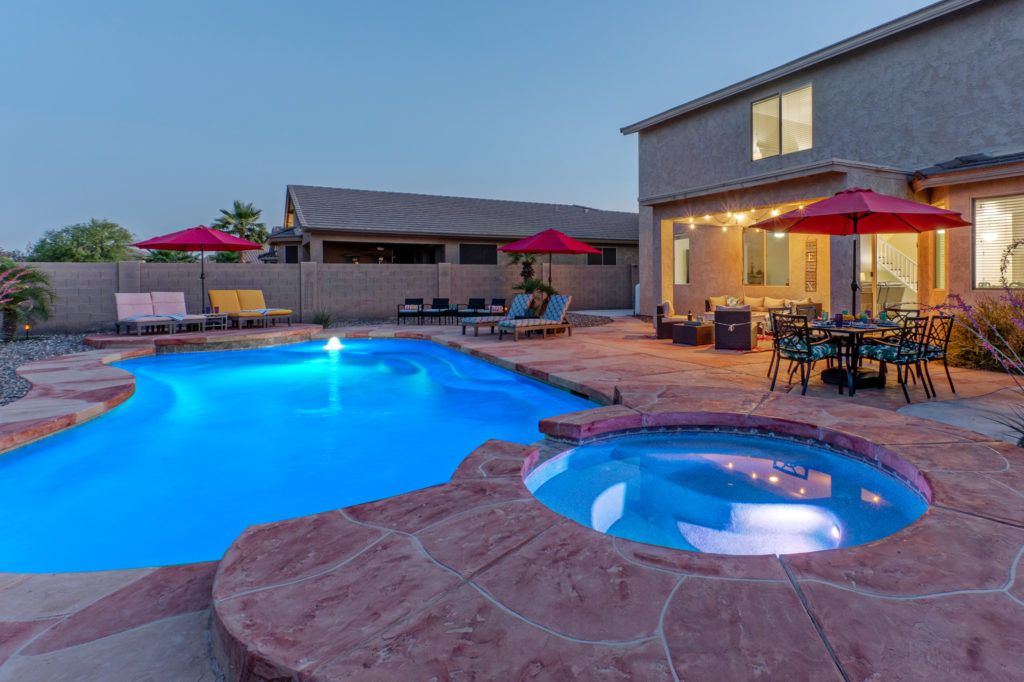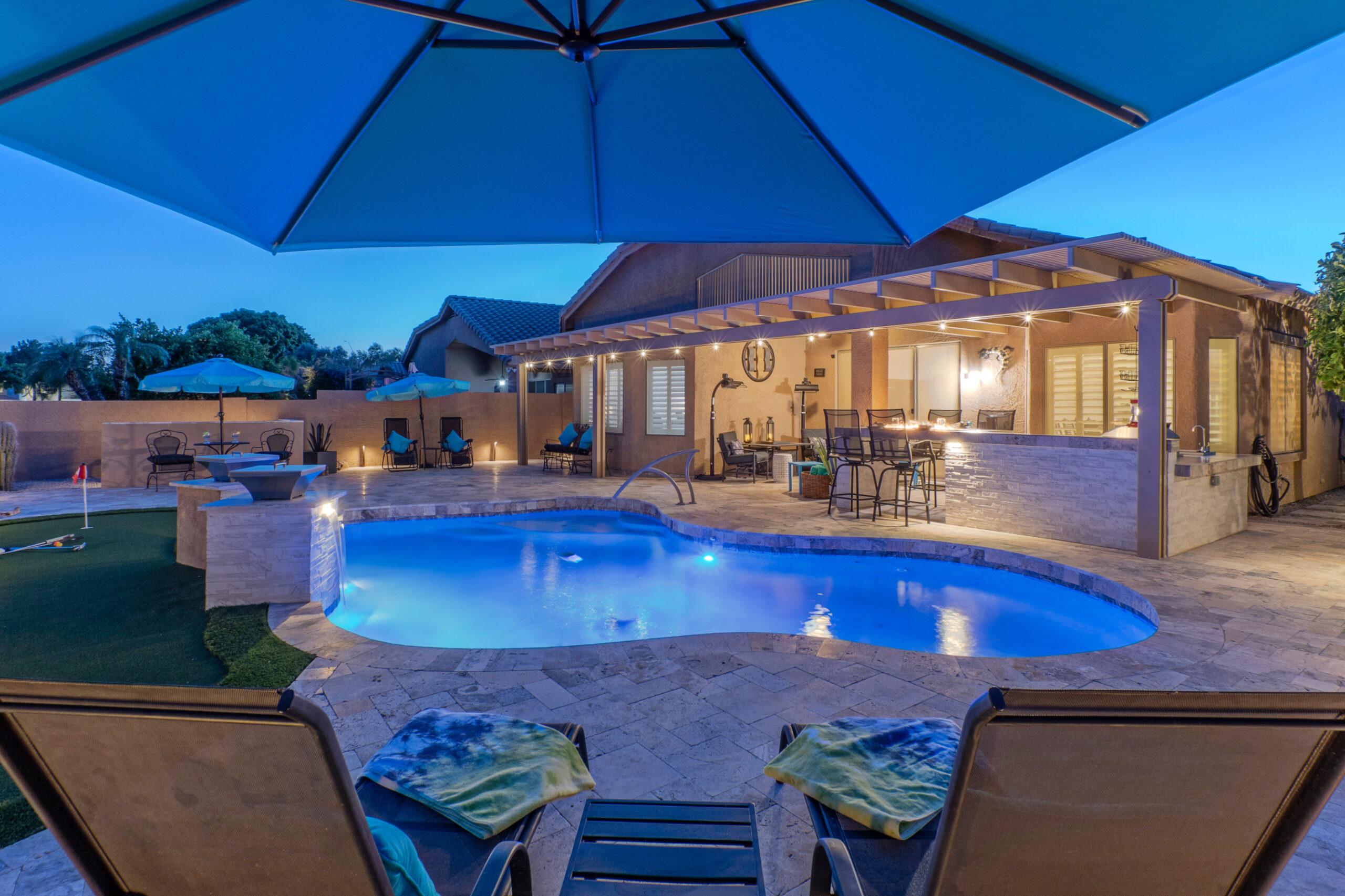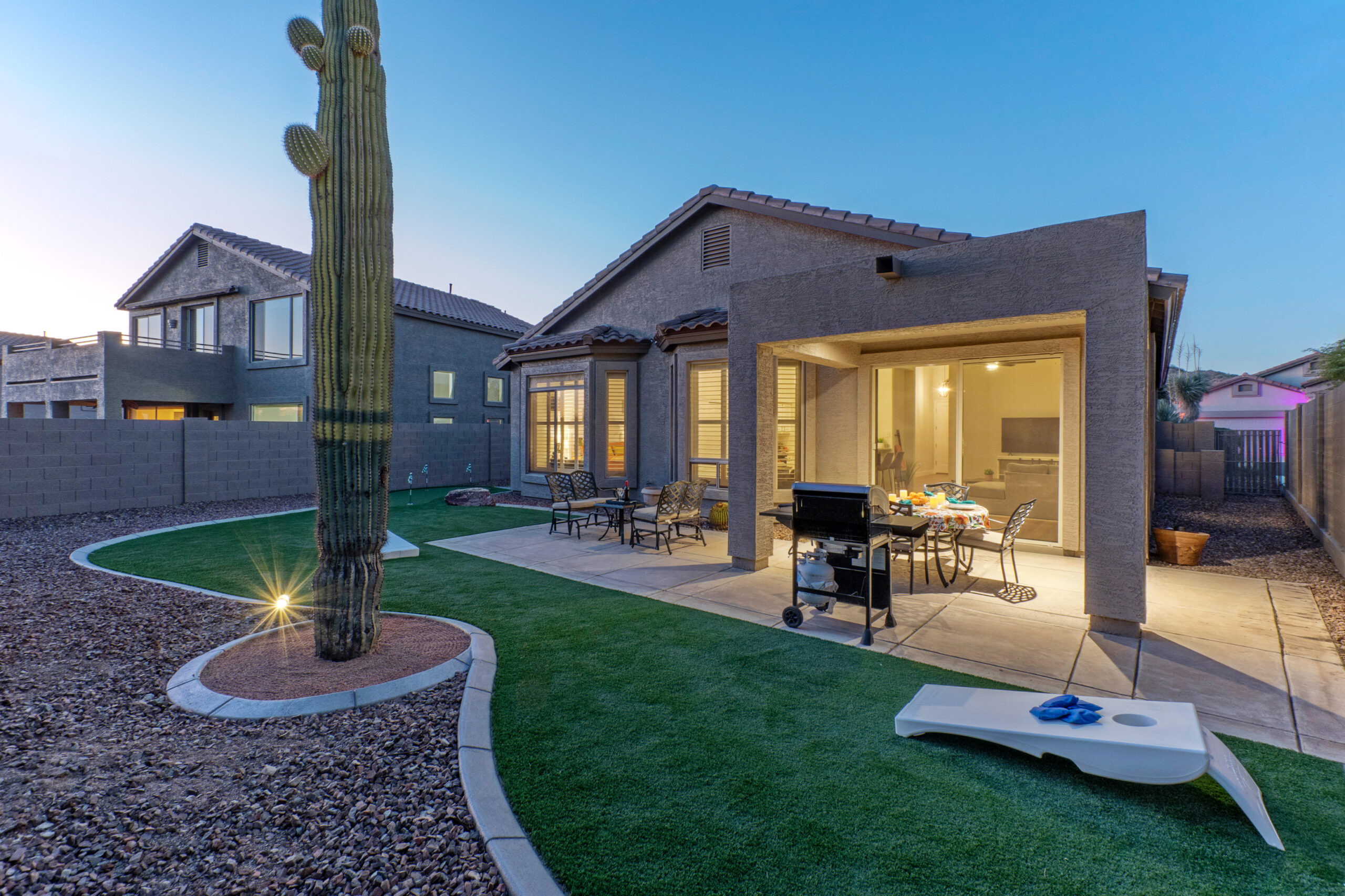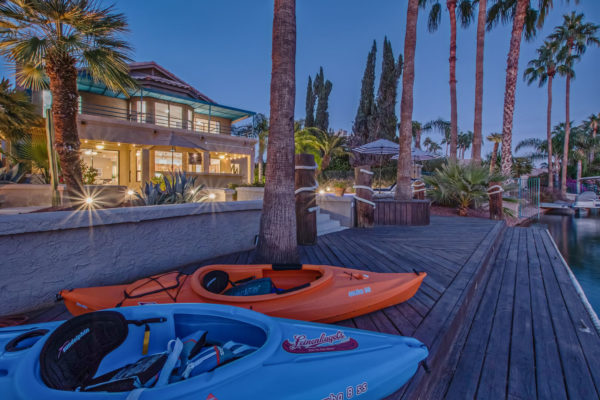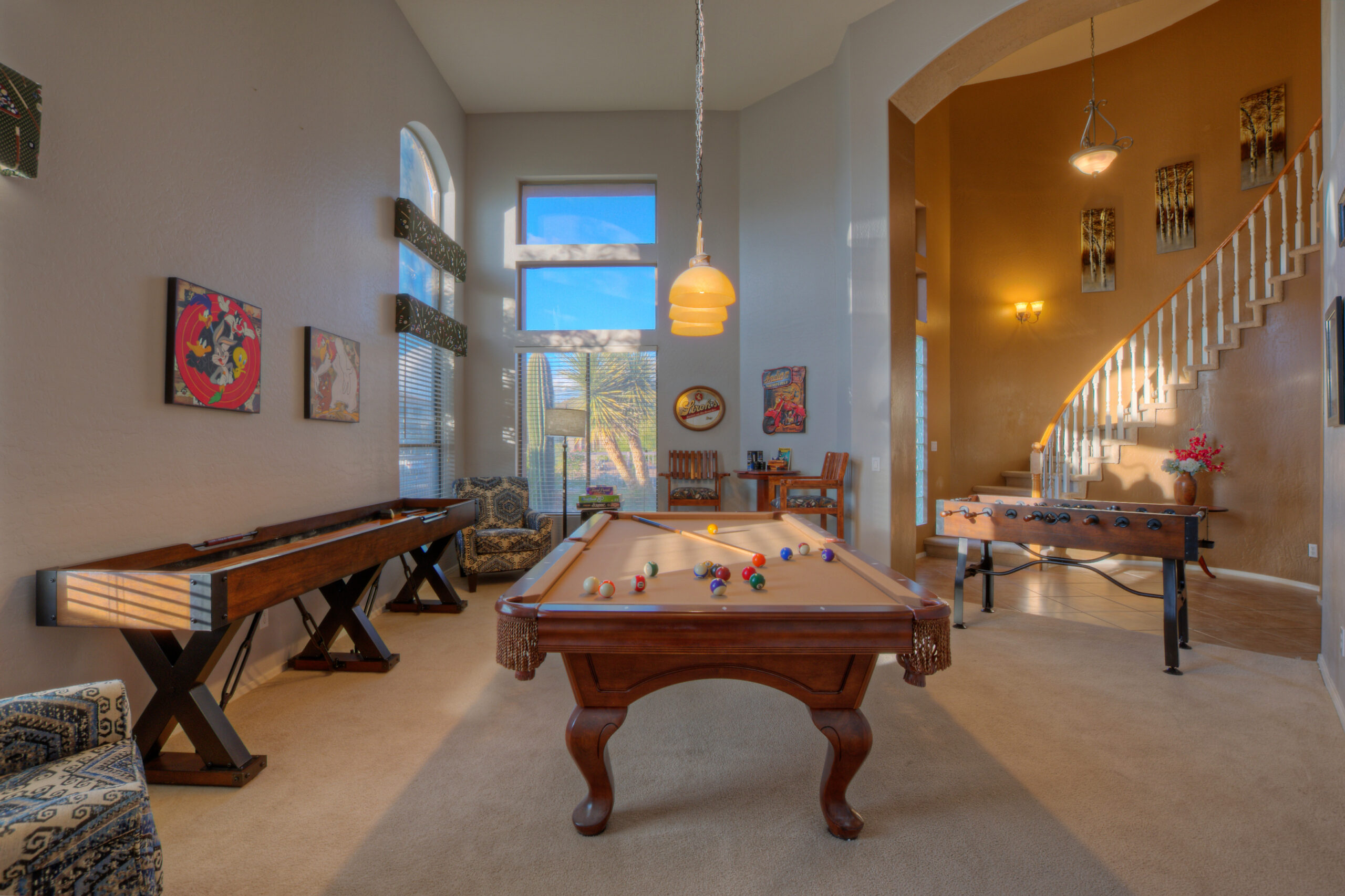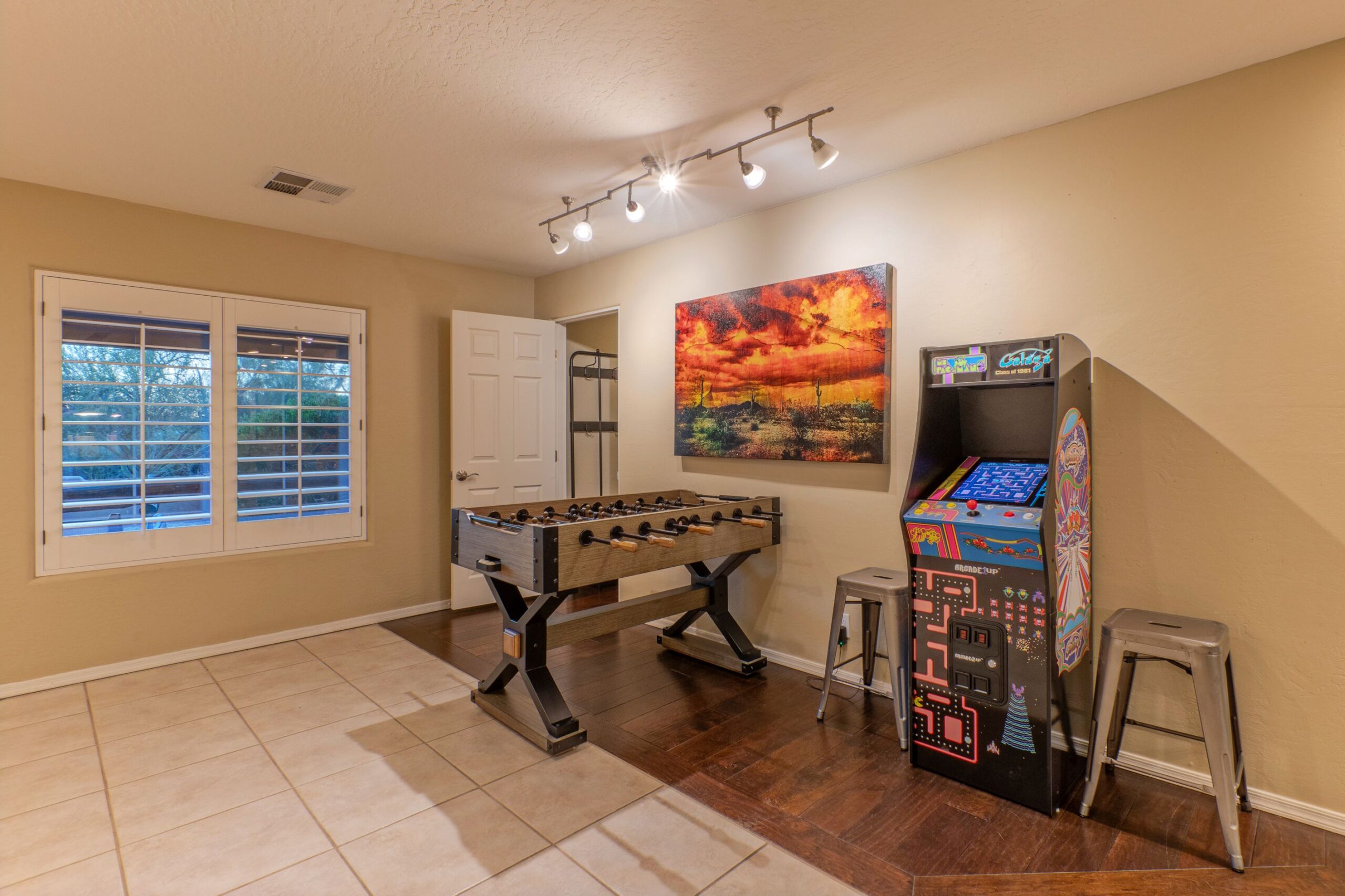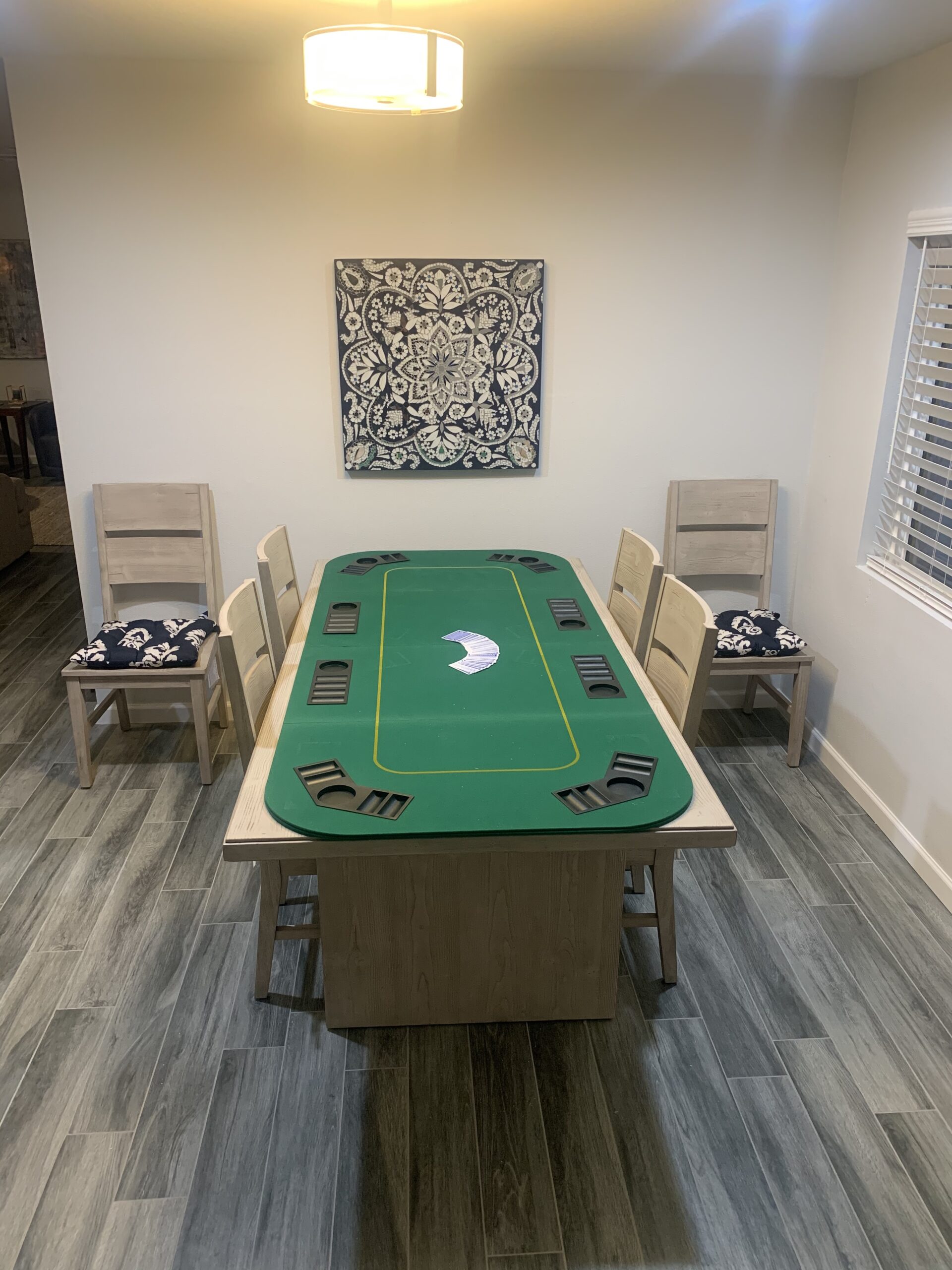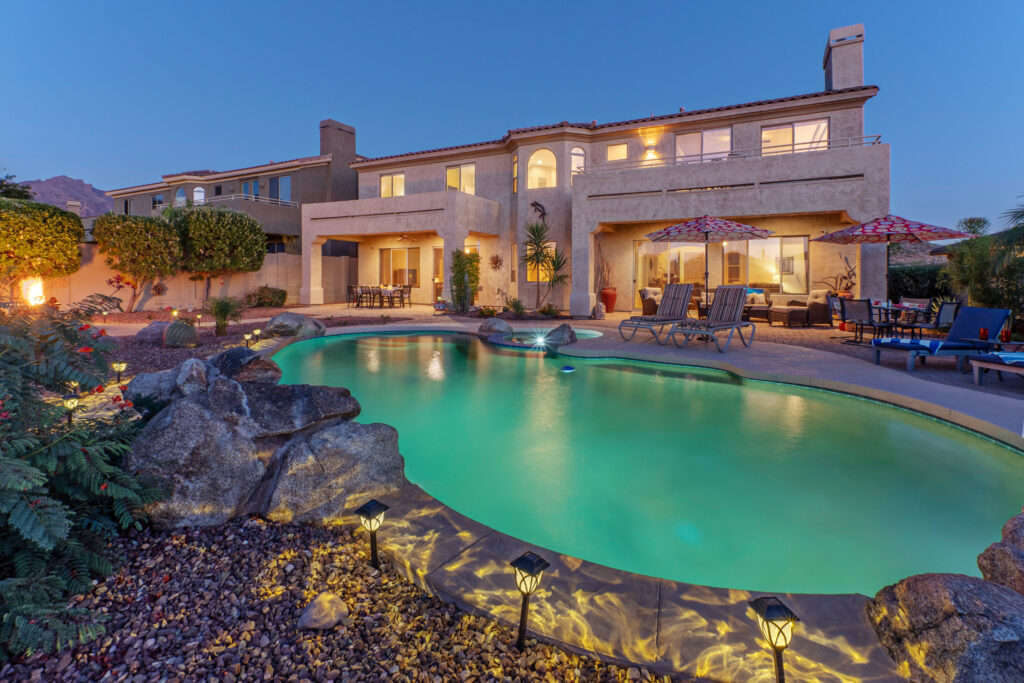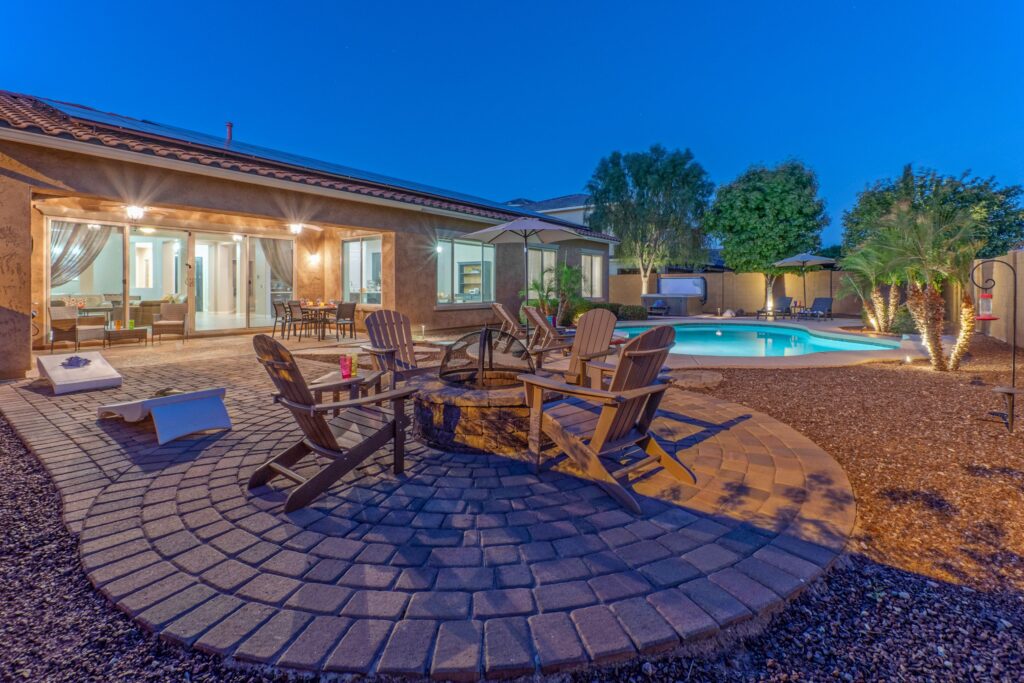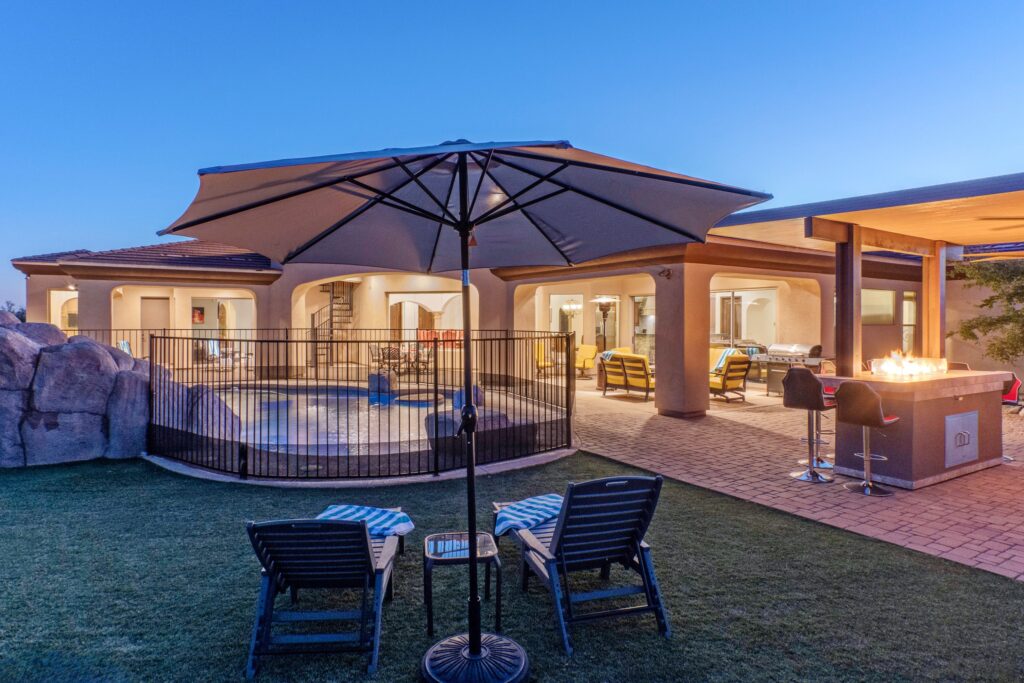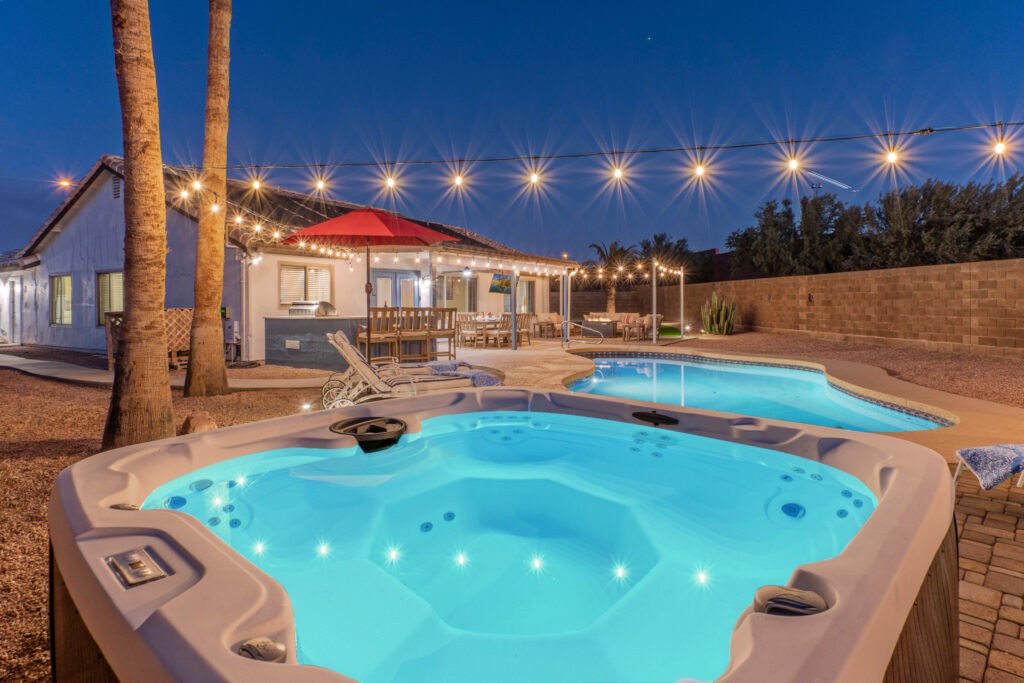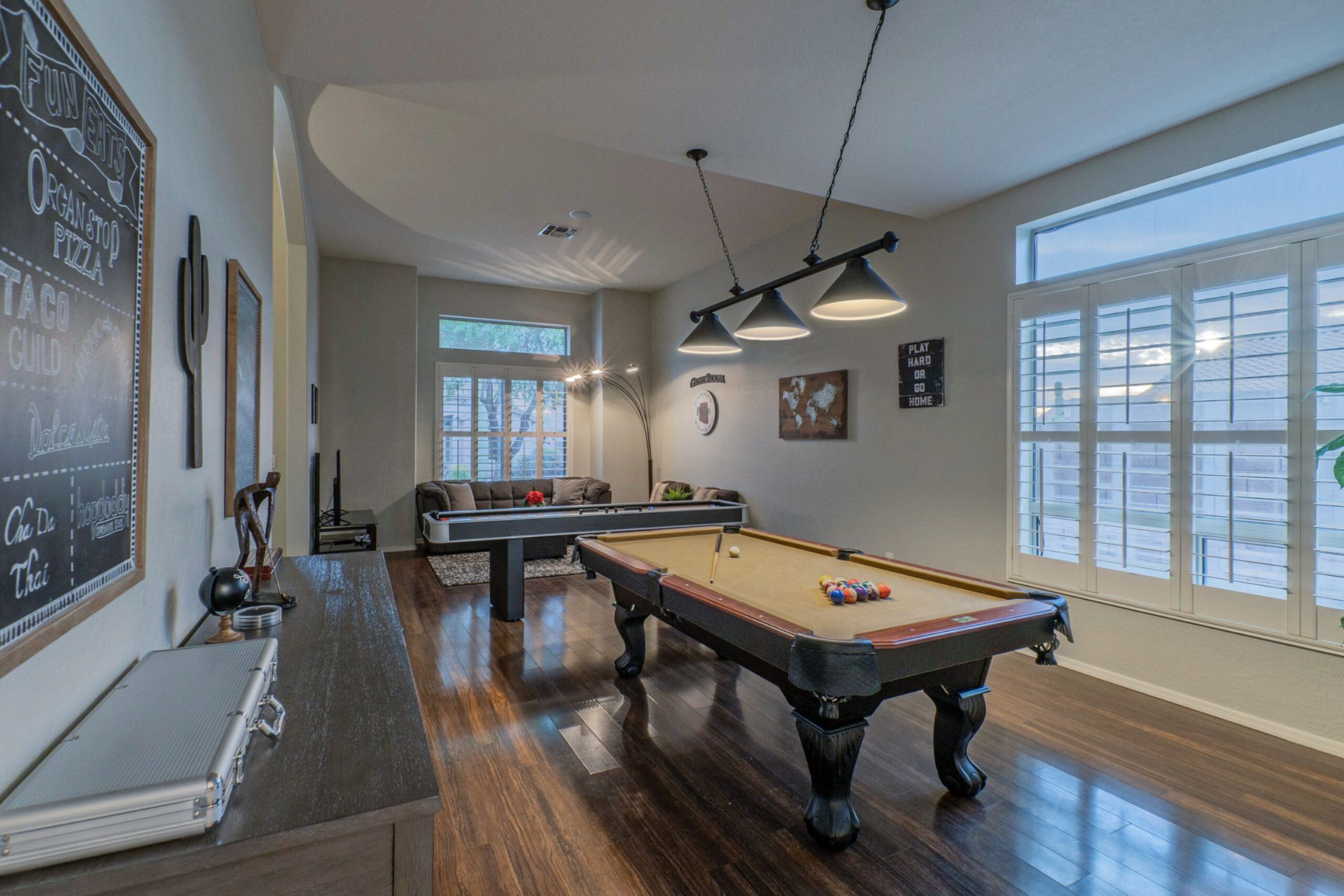Arizona Vacation Home Rentals (AVHR) is aware of owner’s concerns about squatters occupying their short term rental properties. Vigilance and prevention are key and AVHR actively works to avoid squatter problems at all of the properties we manage.
A squatter, by definition in Arizona, is someone who occupies a property without permission. Squatting is a form of trespassing. Squatters are not the same as “holdover tenants” who are living illegally in a property because their lease has expired.
Adverse or hostile possession by squatters is recognized in Arizona but it is a more complex process than in many states. For starters, unless there are no existing structures, squatters must continuously and openly occupy the property for 10 years or longer. Also, the burden of proof of property ownership falls upon the squatter: they must show documentation of paying taxes and maintaining or making improvements. In most cases they must hire an attorney to assume adverse possession.
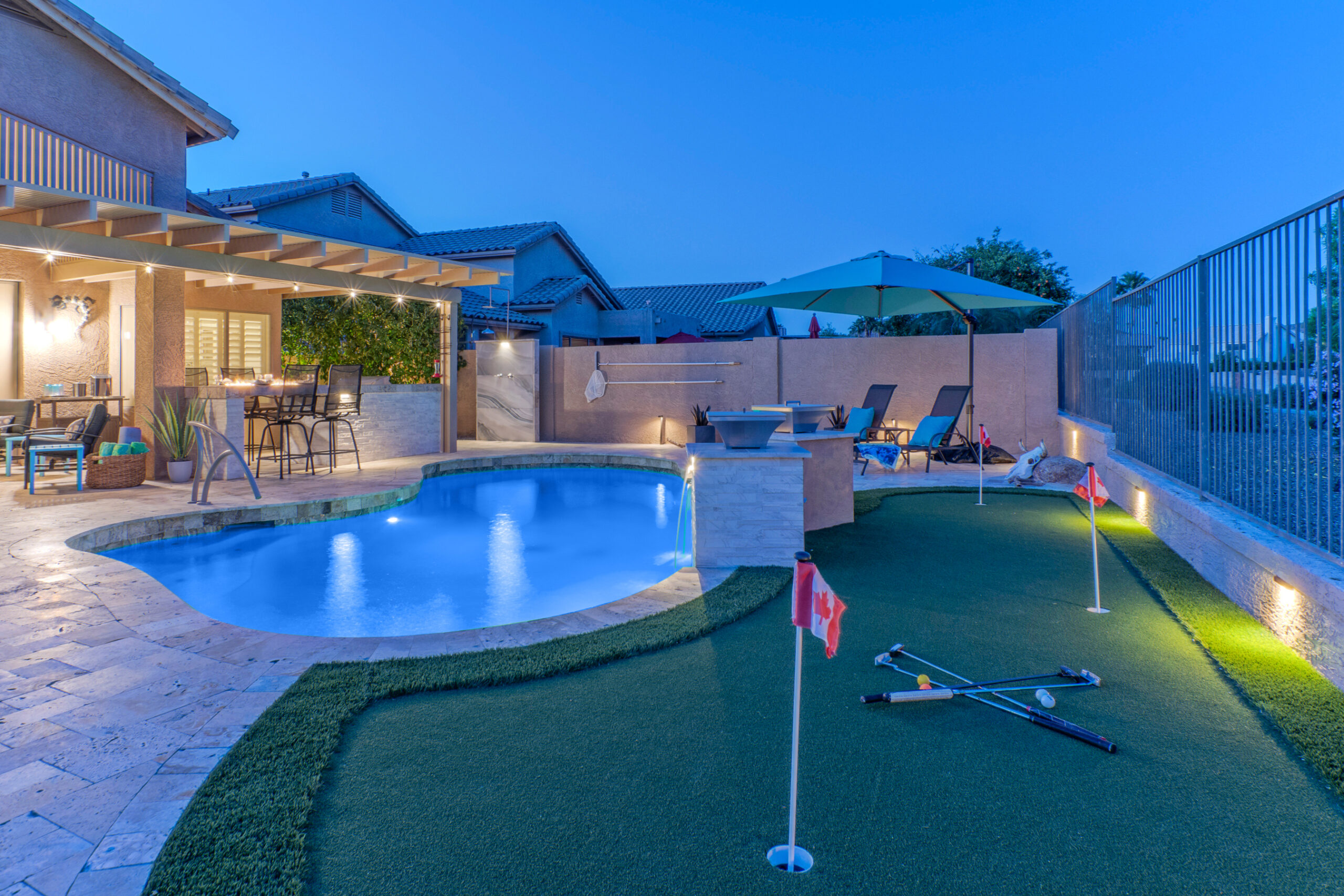
AVHR takes numerous measures to prevent squatter problems:
-
A background check may be done by us or other OTAs before reservations are confirmed.
-
Guest must have a government issued ID and complete profile
-
-
-
Guest must have satisfactory credit scores and pass online criminal background checks
-
Guest must have satisfactory reviews from prior hosts
-
-
In addition to online vetting, we personally talk to each guest explaining our expectations and the details in the rental agreement.
-
Guest who appears to withhold information or communicates poorly is refused
-
-
-
Guest who raises red flags because of comments, questions or attitude is denied
-
Guest requesting rentals for 30+ days are assessed in even more detail before renting is permitted
-
-
Our in depth rental agreement is detailed, legally binding and must be signed before information regarding access to a property is shared with guest.
-
We often require a security deposit in advance of occupancy.
-
We do in-person checks on all of our homes, occupied or vacant, on a regular basis.
-
We ensure properties are well maintained and appear occupied, even when vacant.
-
Between guests, we check doors and windows to make sure they are secure and locks and bolts work.
-
The outside property is evaluated to ensure gates, fences and walls are secure and discourage trespassers.
-
Our outdoor security cameras and NoiseAware alert us to potential problems.
-
When guests are occupying a home, suspicious and unacceptable behavior is addressed immediately with a home visit.
-
Guests who are committing rental violations such as smoking, illegal drugs or exceeding total number of allowed guests (parties) are usually told to leave immediately.
-
If necessary, local law enforcement is involved to ensure a quiet exit when guests are told to vacate the premise for rental agreement violations (this is rare).
Notes of Interest
-
Although Airbnb posts on their official site that they help owners who have squatter problems, recent news articles report otherwise. Owners with squatter problems have contacted Airbnb for assistance and been denied any support.
-
In Arizona, if someone occupies your house without being on the lease and refuses to leave or the lease is expired, you may need to treat them as a tenant and follow the states judicial eviction laws. Unfortunately, this can be time consuming and expensive as this typically involves submitting a formal eviction notice for non-payment of rent or a lease violation followed by engaging in court proceedings.
Save money and support local business by booking directly through
Arizona Vacation Home Rentals
Phone/Text: 480.626.4072
By studying guest browsing data and feedback we can determine the amenities guests desire most in short term rentals. We know pools are the #1 amenity in the greater Phoenix area. Most of our homes have private pools or access to a community pool. The few without have limited outdoor space or are governed by HOA rules that prevent adding a backyard pool.
The good news is that in addition to pools, there are many other amenities you can add to boost your bookings. The ideas below will show up under your home’s Amenities on the popular booking platforms.
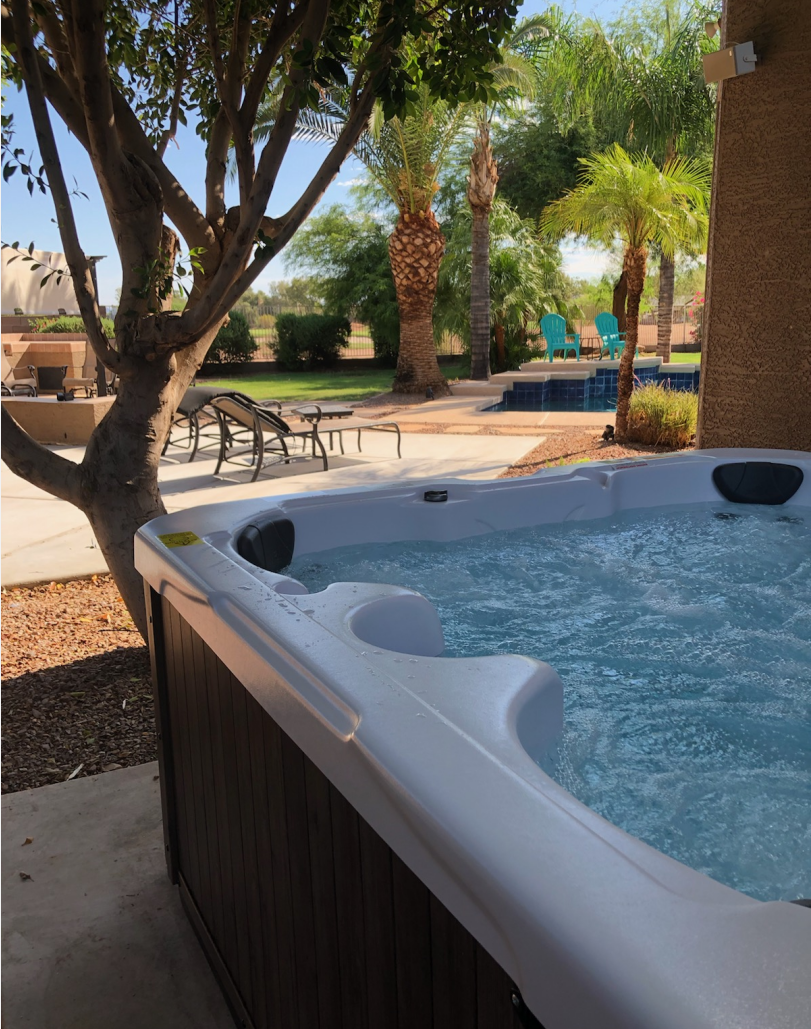
Top guest choices for your backyard:
-
Hot tub
-
Fire pit
-
Putting green with golf clubs
-
Corn hole game
-
Smart music speaker/sound system
-
Bar with mini fridge
Favorite recreational amenities:
-
Bicycles (mountain bikes if you’re near trails)
-
Kayaks
-
Fishing gear
Appealing indoor activities:
-
Pool table
-
Pingpong table
-
Foosball
-
Air hockey
-
Video games
-
Board games
-
Books
-
Smart music speaker/sound system
-
Exercise equipment
In-home conveniences:
-
King beds
-
Ceiling fans
-
Portable fans
-
Dedicated work space
-
Desk with chair
-
TVs in ALL bedrooms
-
Safe
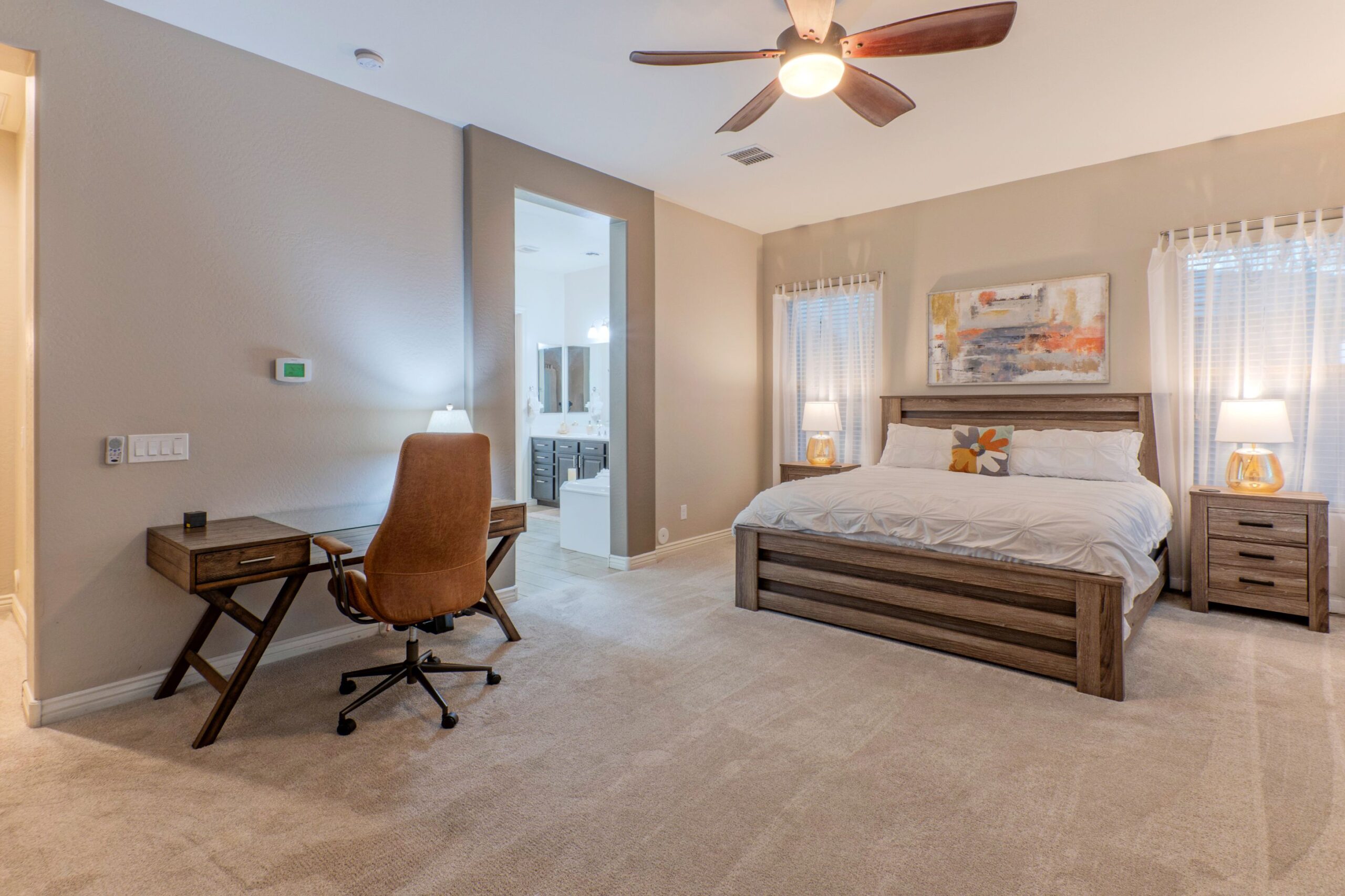
Family friendly amenities:
-
Highchair
-
Travel crib or Pack ‘N Play
-
Children’s dishes and utensils
-
Kitchen table booster seat
-
Children’s books
-
Children’s toys and games
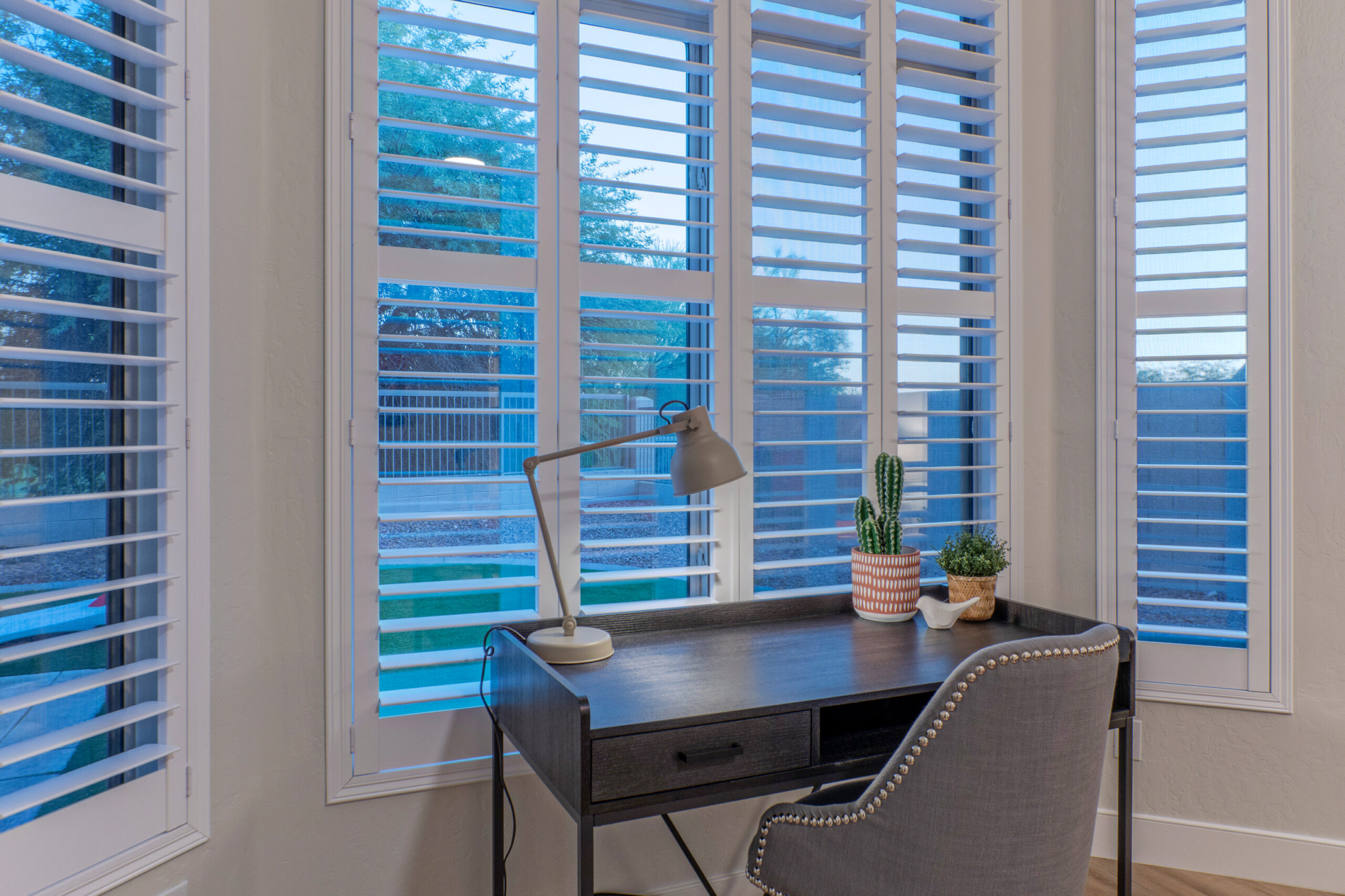
We ask our owners to check with the Arizona Vacation Home Rentals management team before adding larger amenities that use floor or outdoor space such as a pool table, desk or putting green. Homes overcrowded with furniture or large games will not be popular with guests.
We are happy to help you make choices that improve the overall appeal of your vacation property. Also we can recommend features that will hold up over time and in our climate. AVHR asks that current owners who add amenities inform us so we can add the new amenities to your home’s listing.
Save money and support local business by booking directly through
Arizona Vacation Home Rentals
Phone/Text: 480.626.4072
Read how Arizona Vacation Home Rentals and other companies get their vacation rental properties ready for spring:
A Vacation Rental Deep Cleaning Checklist for the Spring
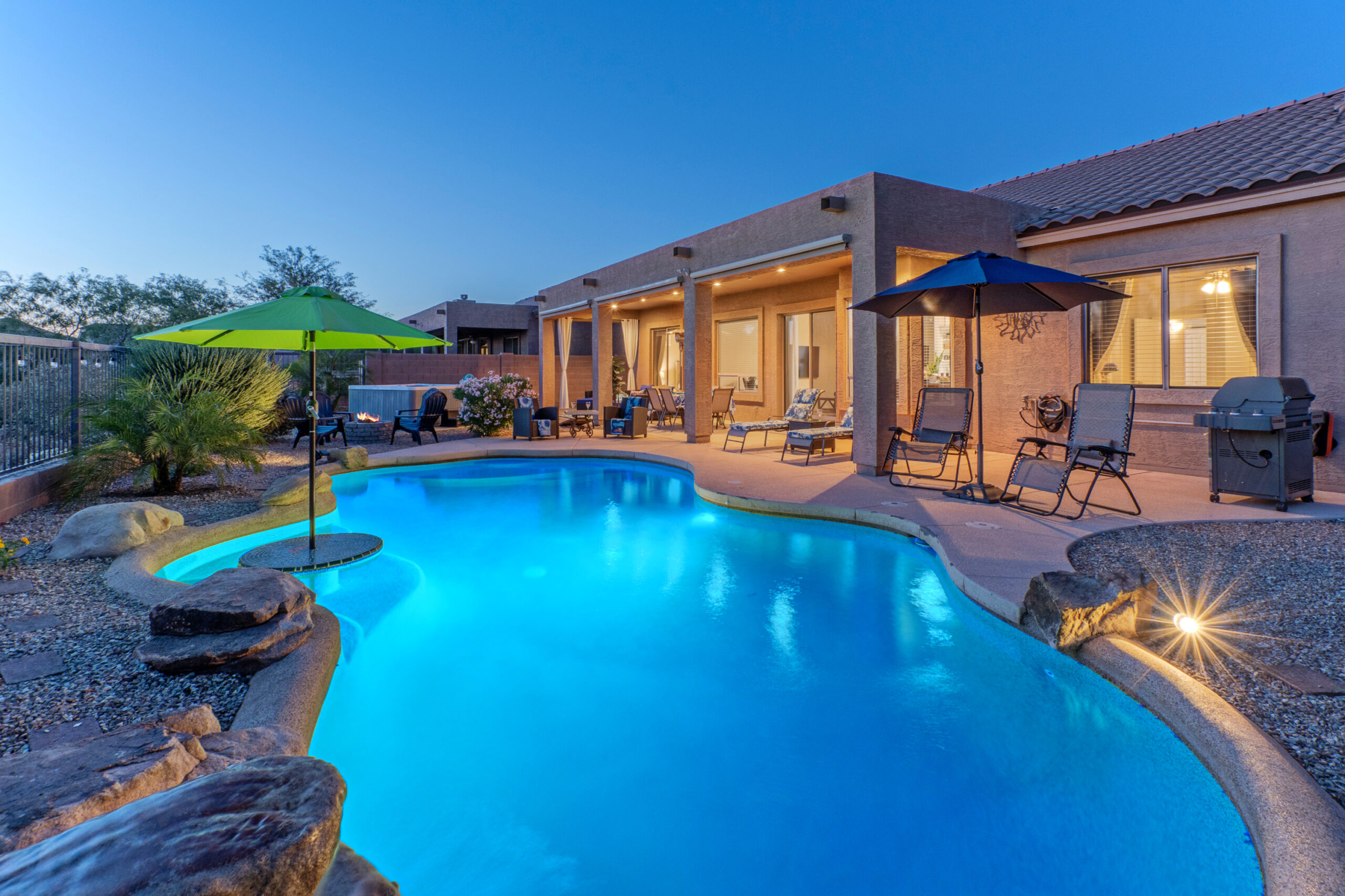
Save money and support local business by booking directly through
Arizona Vacation Home Rentals
Phone/Text: 480.626.4072
High quality guest experiences in a vacation or short term rental (STR) property are critical to maximizing an owner’s earnings. At the least, properties need to be safe, well-maintained, appealing and compliant with local regulations and laws.
Self management is both extensive and time-consuming. A better choice may be to choose a local and professional full service management team such as Arizona Vacation Home Rentals to ensure your STR is all around high performing.
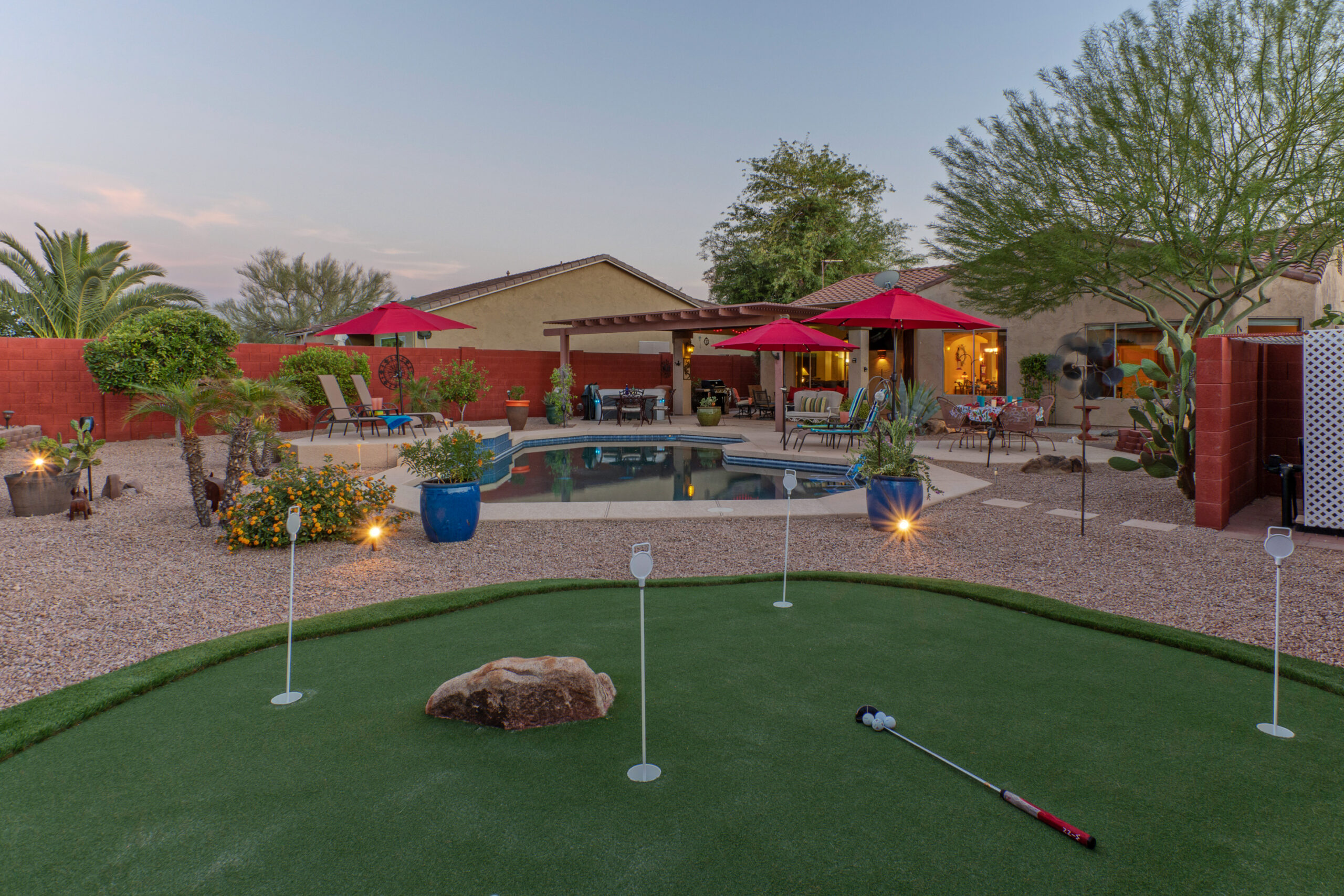
What services does Arizona Vacation Home Rentals, a full service property management company, provide?
-
Guidance with choosing a home and location that will appeal to vacation and business travelers.
-
An assessment of currently owned property for earning potential as STR.
-
A list of furniture and items to stock so guests have everything they need to be comfortable, enjoy their stay and post 5 STAR reviews.
-
Recommendations for amenities or upgrades that would increase bookings.
-
A professionally written and descriptive listing with professional and eye catching photos.
-
Property marketing on multiple channels and websites such as Arizona Vacation Home Rentals and Vrbo to make a property highly visible and appealing to guests.
-
Management of reservations which includes receiving and processing reservations, guest screening, cancellations and special requests.
-
Oversight of the reservation calendar to avoid double booking.
-
Ongoing communication with guests before and after they arrive to ensure reservation processes are smooth, questions are answered and emergencies/issues are addressed quickly.
-
Check-in of guests using a contactless form of entry and making certain guests are able to access the property and all is well.
-
Monitoring of noise and guest behaviors to avoid community or legal issues.
-
Check-out of guests and post check-out procedures.
-
Coordination of cleaning practices: linens and dishes are washed and put away, home is restocked, repairs are made and requests are addressed.
-
Management of guest reviews and replies to guests’ reviews.
-
Frequent security checks to protect your investment.
-
Recommendations for local services and supervision of maintenance, repairs and upgrades, e.g. pool cleaning and landscaping.
-
Revenue analysis to maximize profits.
-
Using a dynamic pricing approach to increase bookings and revenue.
-
Administration of owner payment.
-
Record keeping that supports taxes and other payments.
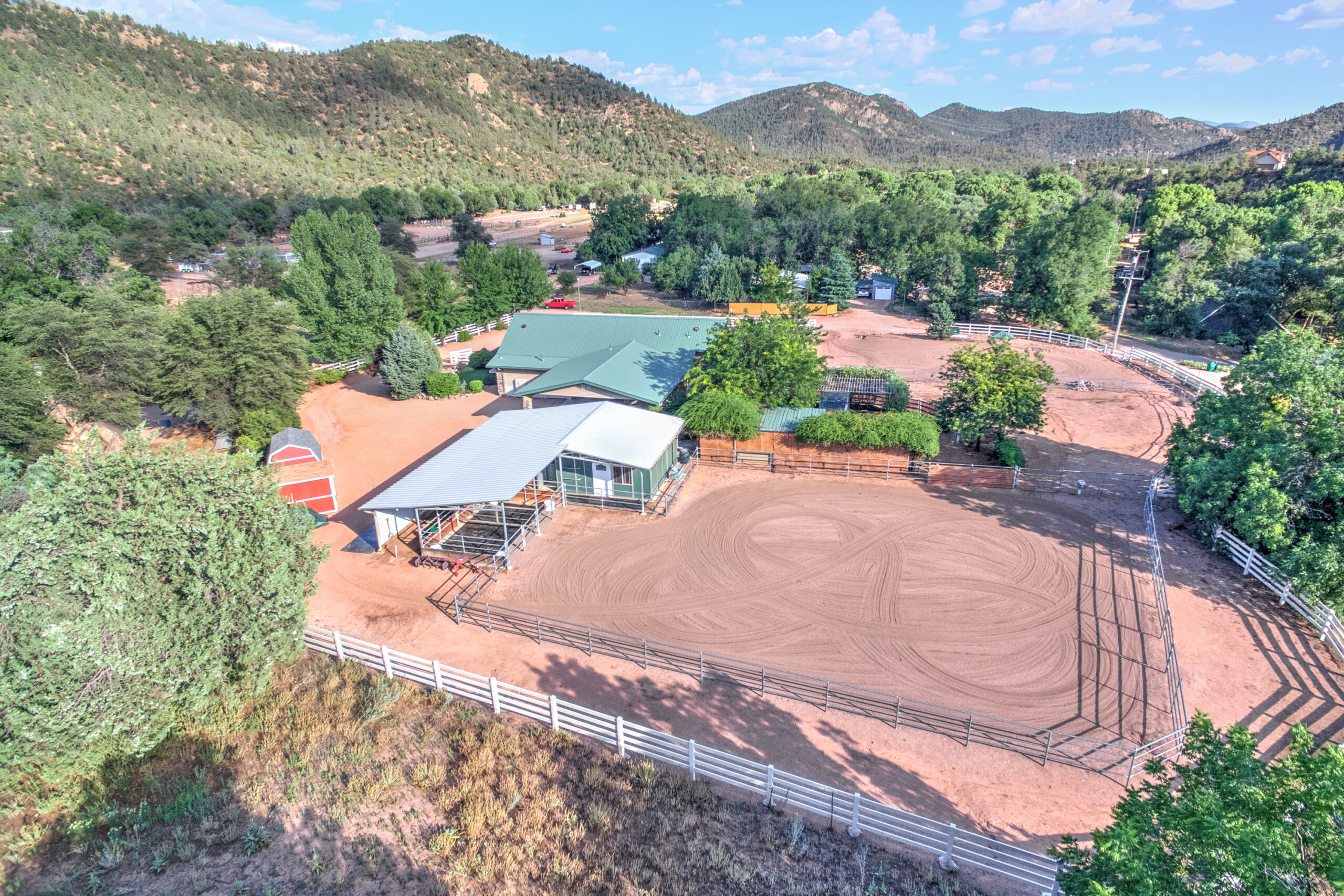
Arizona Vacation Home Rentals manages STRs in the greater Phoenix area and mountains to the north. There is great advantage to choosing a local company:
-
We know the local area and market.
-
We are nearby to quickly address emergencies and problems.
-
To maintain security, we frequently check on our properties.
For additional information on why local is best read Top Ten Reasons for Choosing A Local Property Management Company.
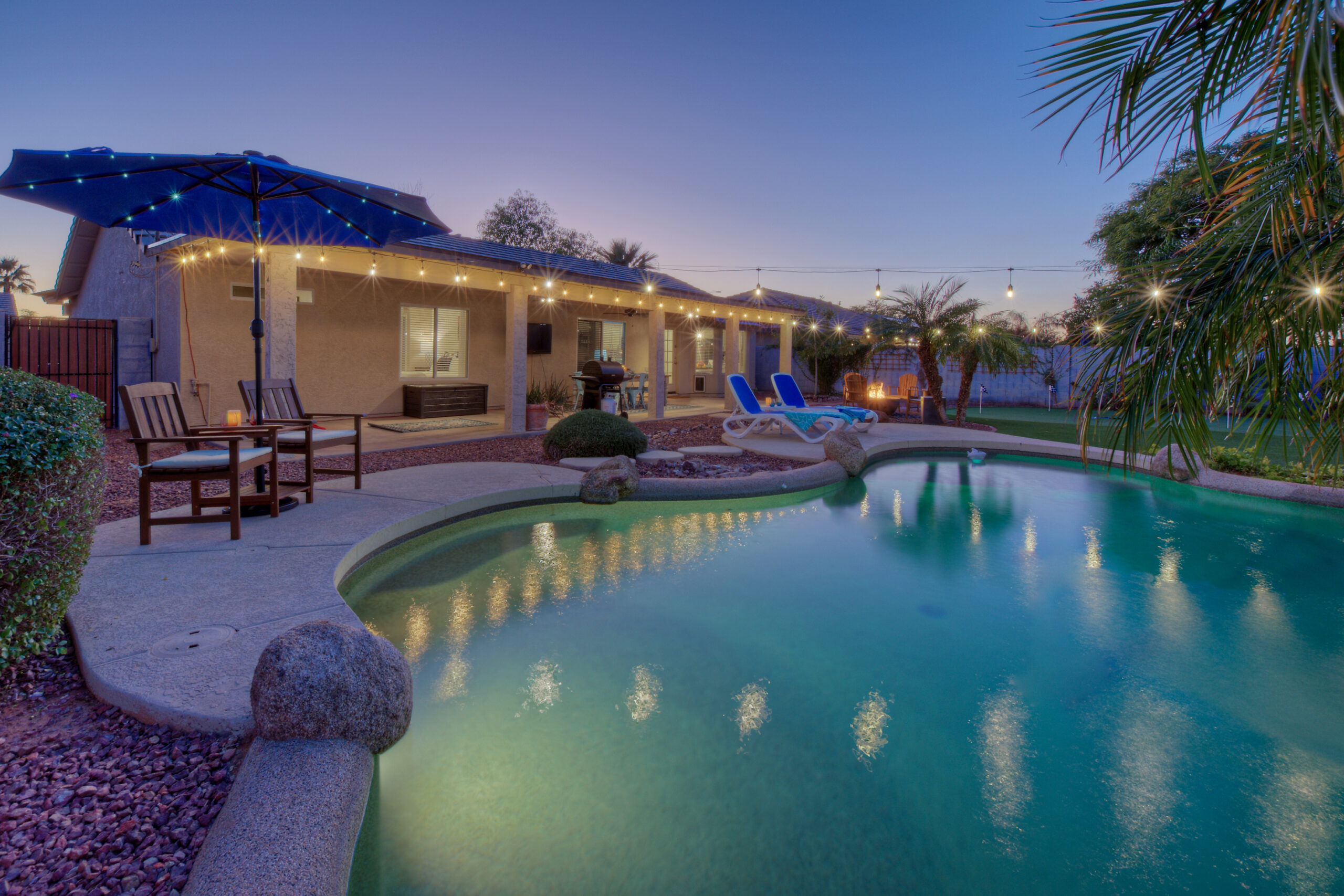
Save money and support local business by booking directly through
Arizona Vacation Home Rentals
Phone/Text: 480.626.4072
Don’t let the jargon overwhelm you! Use our glossary to support your understanding of short term rentals (STR).
Questions or clarification are welcome 24/7 at Arizona Vacation Home Rentals, a full service property management company that serves the greater Phoenix area and mountains to the north.
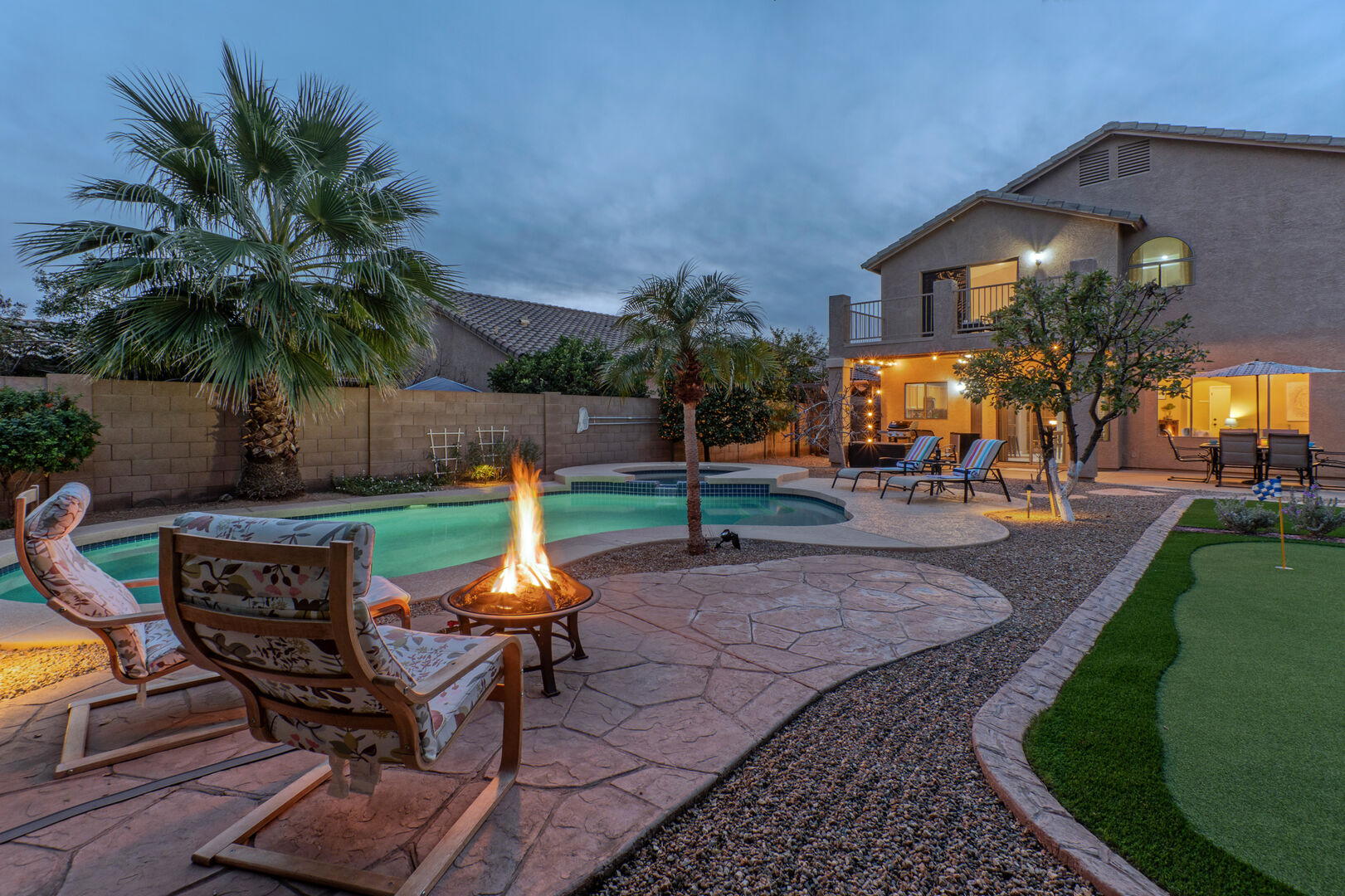
Amenities – property specific features or services available to guests such as walking trails, swimming pool, hot tub or club membership
Amenity Fee – added charge for a service or optional amenity such as pool heating
Arrival Date – date guests with a reservation are arriving at property
Availability – dates a property is available for renting and not blocked by owner
Availability Calendar – website or channel calendar that shows the dates a property is available to rent
Back to Back Bookings – guests checking out and new guests arriving on the same day
Black Out Dates/Owner Holds – dates chosen by the owner to not rent their property; may be for personal use or property repairs and upgrades
Book – to make a reservation
Booking – a reservation
Booking Confirmation – guest’s reservation has been confirmed by property management
Booking Fee – fees guests are charged for booking through a channel or website such as Vrbo or Airbnb
Booking Policy – procedures guests follow to book a property and receive confirmation
Booking Request – guests have requested to rent a property with available dates
Booking Window – the time between the date a guest reserves a property and their actual arrival date
Cancellation Fee – the fee guests must pay if they cancel their reservation after a certain date
Cancellation Policy – procedures followed when a guest cancels a reservation; may include a cancellation fee or no refund after a specific date
Channel Fee – the commission charged by channels such as Airbnb and Vrbo for listing your vacation rental property on their website
Channel Manager – member of the property management team who syncs a property’s availability calendar on different channels and websites to avoid double bookings
Check-In – time and date guest has access to vacation rental property as specified in rental contract
Check-Out – time and date guests have agreed to depart the rental property as specified in rental contract
Cleaning Fee – a one time fee paid by guests to cover the cost of cleaning after they have departed their rental property
Contactless/Self Check-In – guests receive information that allows them to check into a rental property without in-person contact with property management team or owner
Conversion Rate – this is the percentage of people who booked a property compared to the number of people who viewed it online (example: a 3% conversion rate means 100 people viewed the property online and 3 of them booked it)
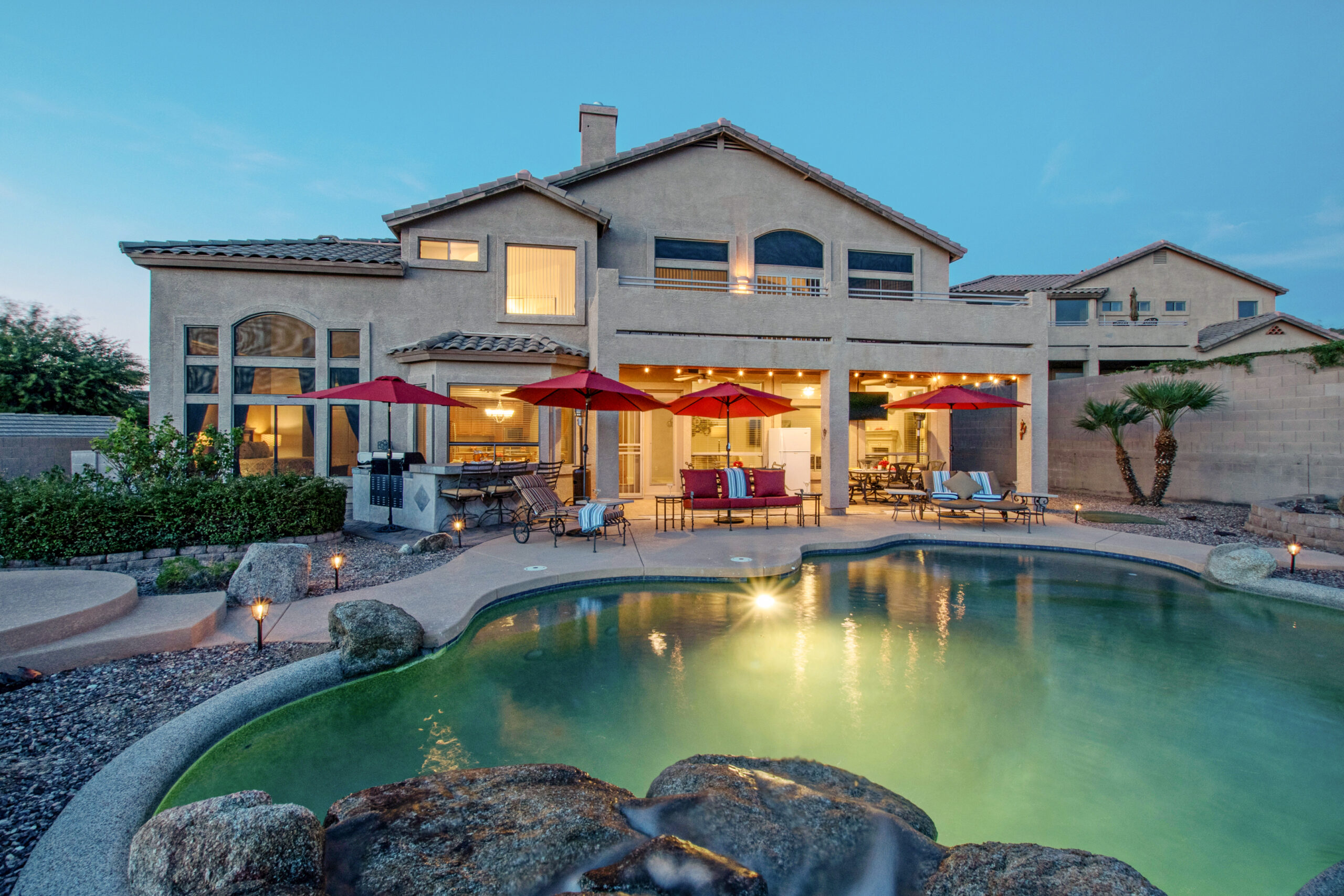
Damage Waiver – a nonrefundable fee guests pay to cover damages that may occur during their stay
Daytime Visitors – number of visitors permitted to visit but not stay overnight at a property
Departure Date – date guests check out of a vacation rental property
Digital Marketing – using digital channels such as emails, social marketing, search engines and websites to advertise and promote bookings at a rental property
Direct Booking – guests reserve a property at Arizona Vacation Home Rentals (AVHR) instead of Vrbo, Airbnb or other third-party channels; rates are better and homeowner avoids a booking fee
Double Booking – 2 or more reservations for the same night(s) at the same property; this is avoided with an experienced property management team such as AVHR
Full Service Property Management – a comprehensive service covering all aspects of vacation rental property ownership including guest screening, bookings, advertising, collections, communication, 24/7 guest issues or emergencies, cleaning services, home security, local compliance and more
Guest Screening – digital guest screening process with extensive evaluations of potential guests before a reservation is confirmed; the process is designed to mitigate risks associated with illegal activities, non-payment, property damage and more
High/Peak Season – the time of year demand for vacation rentals is highest in a specific location
House Rules – applies to policies and rules guests are required to follow at a rental property such as no pets, no smoking, no parties, quiet hours, etc.
Instant Booking – a booking that is accepted immediately without requiring approval from property management team or owner
Keyless Entry – a key is not required to access a vacation home; usually a smart lock with remote control permits guest entry
Listing – advertises a vacation rental property on a website or channel and includes house name, detailed description of the property, professional photos, pricing and availability calendar
Lockbox – box at home’s entrance that contains key(s) to access; requires a code to open
Low Season/Off Season – the time of year when demand for vacation rentals in a specific area is usually lower
Minimum Stay – minimum number of days/nights required of a reservation
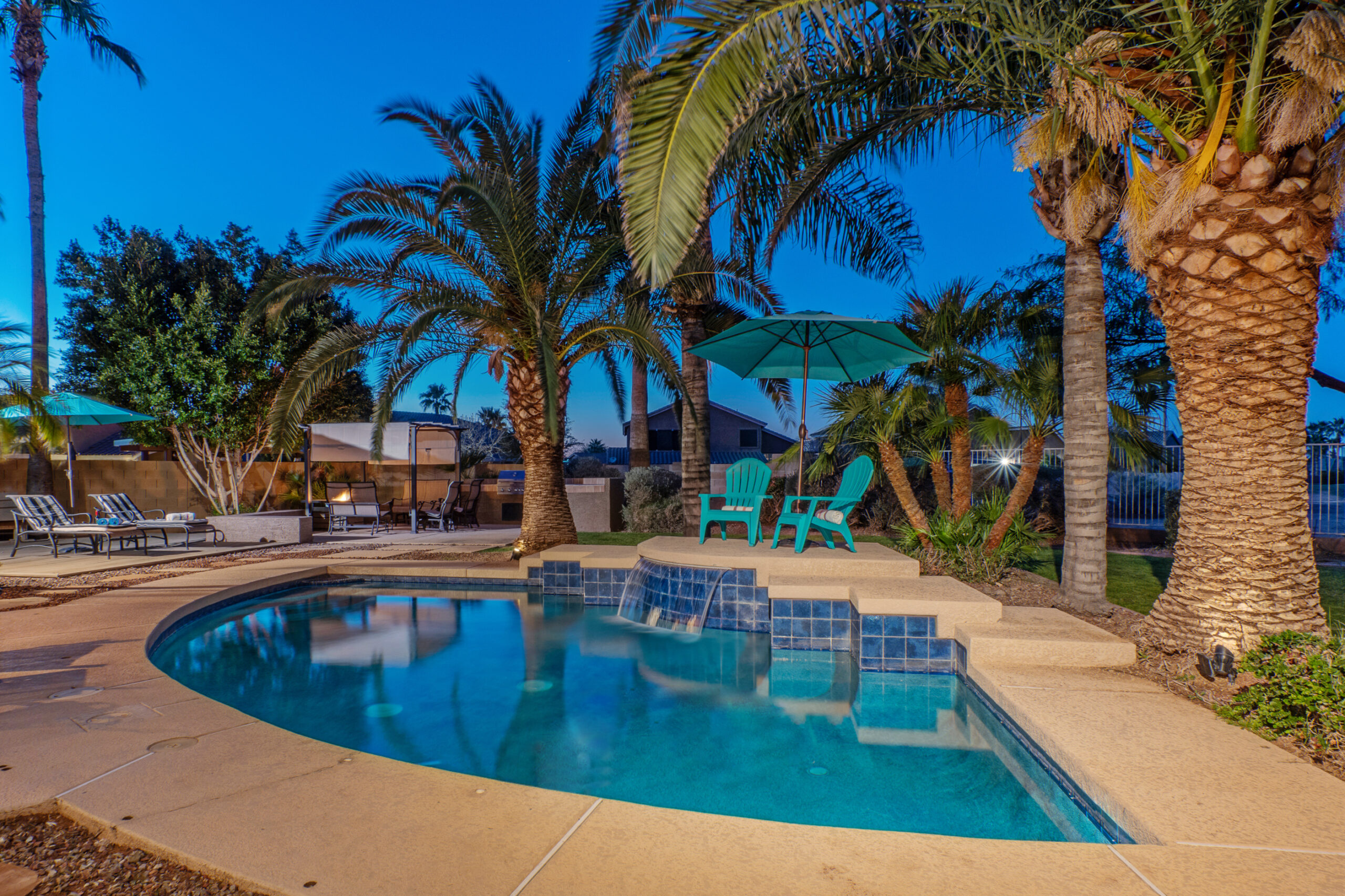
Noise Alert System – measures and alerts management team to excessive noise levels inside and out at a property without recording conversations or any sounds
Owner Holds/Black Out Dates – dates chosen by the owner to not rent their property; may be for personal use or property repairs and upgrades
Peak/High Season – the time of year demand for vacation rentals is highest in a specific location
Property Description – explains in details what a property offers and highlights features and amenities that are especially appealing to guests
Quiet Hours – the specific hours, governed by local law, guests must reduce and minimize noise at a rental property; time is usually 10 pm – 8 am
Rental Agreement – a legally binding contract guests sign agreeing to uphold all house rules, reservation policies and other expectations outlined in the contract
Reviews – feedback from guests about their experience at a property which may be posted on a channel or website; 5 STARS is always the goal
Search Engine Optimization (SEO) – a property listing is created around key and high interest words which give it higher rankings in search engines like Google and increase visibility
Security Deposit – this is a refundable fee guests pay to help cover any damages that occur during their stay; no damages, fee is refunded
Self Check-In/Contactless -guests receive information that allows them to check into a rental property without in-person contact with property management team or owner
Short-Term/Vacation Rentals – accommodations that travelers book as an alternative to hotels for a business trip, vacation or local event; advantages include more privacy, more space, fully stocked kitchen and exciting and private amenities such as pools and hot tubs
Smart Lock – device that allows guest to access home without a key; code is controlled remotely to allow contactless check-in
Standard Occupancy – the number of guests permitted to stay overnight at a home; exceptions must be in writing in advance of the reservation
Travel Insurance – Trip protection for cancellations, medical emergencies and other hardships that may interfere with a guest’s reservation; guests arrange through an insurance company of their choice
Vacation/Short-Term Rentals – accommodations that travelers book as an alternative to hotels for a business trip, vacation or local event; advantages include more privacy, more space, fully stocked kitchen and exciting and private amenities such as pools and hot tubs
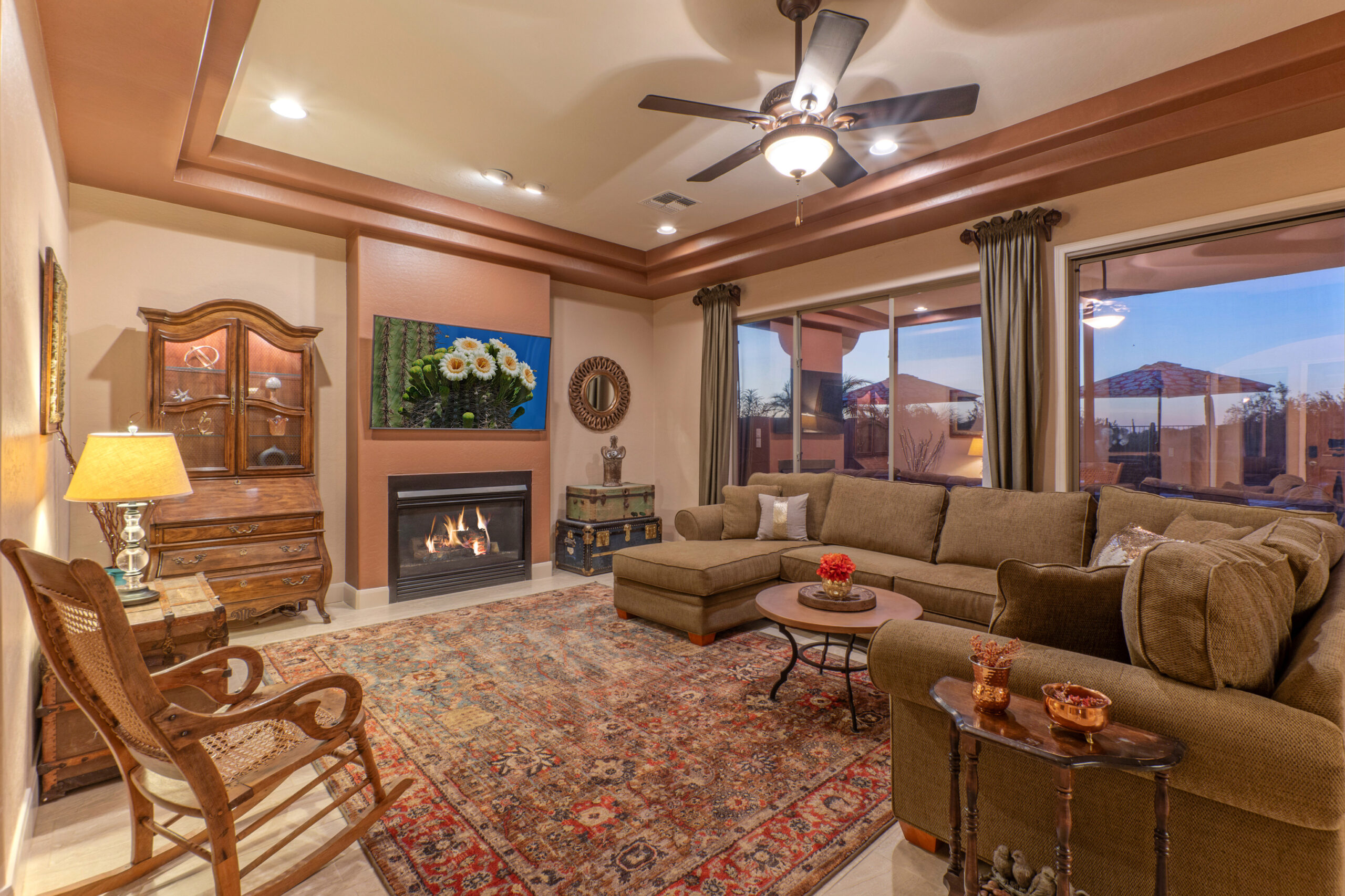
Save money and support local business by booking directly through
Arizona Vacation Home Rentals
Phone/Text: 480.626.4072
Arizona Vacation Home Rentals (AVHR) markets your vacation home with one ultimate goal in mind: to maximize your rental income. To make this happen we use digital marketing strategies that attract guests, drive bookings and encourage loyalty to our brand.
The AVHR team focuses on the following marketing strategies to enhance visibility and promote reservations with both new and repeat guests.
-
Your property is listed on the top vacation and travel sites where everyone looks to book.
-
This includes VRBO, Airbnb, HomeToGo, BnBFinder and Expedia.
-
Guests can easily search our properties and book online.
-
Our exceptional guest reviews earn us Premiere Host status with Vrbo and Superhost standing with Airbnb.
-
We’ve earned these rankings by meeting and exceeding guests’ expectations.
-
These standings assure guests they are renting quality homes with proven hosts.
-
Because of our rankings, our listings appear early in a search.
-
Calendars and rates are synced across all travel sites.
-
-
-
We also market your home on our website Arizona Vacation Home Rentals.
-
Guests can book directly at discounted prices and save owners the fees charged by other travel sites.
-
Our website reaches thousands of guests every day.
-
-
We create an optimized and detail-oriented listing of your property that is consistent across the online travel platforms.
-
Our listings highlight a home’s amenities, identify room locations and explain features.
-
Descriptions alert potential guests to unique characteristics to help them choose the ideal match for their travel needs.
-
Listings are written with key words in mind to increase online visibility.
-
-
A professional photographer stages and photographs your home both inside and out to include in the listing.
-
Captions are added to the high resolution photos to help guests identify rooms and focus on salient features.
-
Guests often tell us our photographs are accurate depictions of our homes and there were no surprises.
-
Visit Arizona Vacation Home Rentals to see our top quality photos. You’ll be impressed!
-
-
We are a LOCAL team within the greater Phoenix area and our listings focus on the local experience.
-
Property descriptions identify local attractions and events.
-
We include mileage to high interest destinations along with other tips.
-
-
Our response time to inquiries is immediate and impressive.
-
The AVHR team works 365 days each year.
-
Our reservation team is available 8 am to 9 pm daily to communicate with potential guests.
-
-
Our professional and friendly staff is devoted to personalized guest care to entice repeat guests and bookings.
-
We personally talk to all potential guests before a reservation is confirmed to reduce misunderstandings.
-
We maintain communication with guests before, during and after their stay to promote loyalty to our brand.
-
Save money and support local business by booking directly through
Arizona Vacation Home Rentals
Phone/Text: 480.626.4072
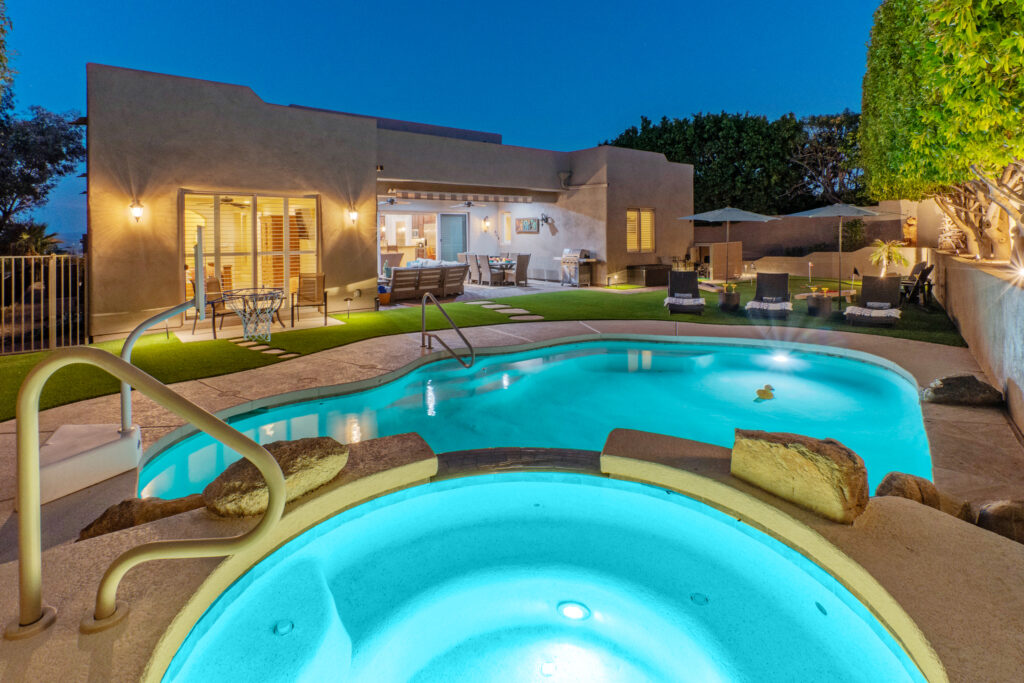
Why choose Arizona Vacation Home Rentals (AVHR)?
-
We are a local, in-person contact. You are NOT routed to a call center in Austin or another country.
-
We are available to take care of your home and guests, 24/7 365 days a year.
-
Customer service is our Number 1 priority.
-
We make you the most money possible.
-
Our housekeeping and maintenance exceed the industry standard. Just look at our reviews!
-
Our frequent wellness checks on your home, occupied or empty, are the best way to safeguard your investment.
-
We are a WINNING combination of local, experienced and committed to the guest experience!
-
For more reasons why AVHR is the best choice, please read Why Choose AVHR.
Why is a local property management company best?
-
The vacation rental market is best run by a local team who live in the area and can respond 24/7 and in person to emergencies and guest questions and problems.
-
Local teams know the local market, communities, services and vendors.
-
For additional reasons read Top Ten Reasons For Choosing A Local Property Management Team.
What is the property management fee?
-
The start up fee is $1295 which covers your first year of advertising on Vrbo and other top booking sites, professional photos with staging, a home audit and a professionally written home listing.
-
Our management fee is 22% which includes eye-catching advertising of your home and managing all aspects of your reservations and guests.
How do I get started with AVHR?
-
Our virtual desk is open seven days a week, 365 days a year, to answer questions about our Property Management services. Our guests and owners do not take days off and neither do we.
-
Email us at info@azvacationhomerentals.com or call/text us at 480.626.4072 and our homeowner consultant team will get back to you.
-
Our full service property management company includes Owners Choice: we seek your input at every step of the process and allow you to choose how you customize your home.
What are the steps to a seamless start?
-
After reviewing your goals for your vacation rental, we will discuss the next steps in our co-hosting partnership.
-
Once your home is guest ready we move quickly to prepare and submit optimized listings to the top booking sites including Airbnb, Vrbo, Expedia and more.
-
Our team visits your home to secure the listing details.
-
We stage your home for eye catching photos.
-
Our professional writer creates a detailed description and adds photo captions.
-
-
For more details please read Make Money Renting Your Home.
What cities does AVHR cover?
We manage homes in the greater Phoenix area as well as in the mountains near Payson. The cities we cover include:
-
Mesa
-
Phoenix
-
Scottsdale
-
Gold Canyon
-
Apache Junction
-
Tempe
-
Gilbert
-
Chandler
-
Payson
-
Queens Creek
-
Fountain Hills
-
San Tan Mountains
Where do we advertise your home?
-
AVHR advertises your property on Airbnb, Vrbo, Expedia and other major channels to keep your home’s booking calendar full. We have great partnerships with all the major vacation rental sites so our homes often appear at the top of the inventory that guests browse.
-
Best of all, our exceptional guest reviews earn us a Premiere Host status with Vrbo and Superhost standing with Airbnb. We’ve earned these rankings by meeting and often exceeding guests’ expectations. Guests seek hosts with these standings as assurance they are renting quality homes with proven hosts.
-
We also market your home on our website, Arizona Vacation Home Rentals, which allows guests to book directly at discounted prices and saves owners the fees charged by other OTAs. Our website reaches thousands of guests every day.
How do we advertise your home?
-
It’s not just about where your home is listed, but how. AVHR uses both digital and direct marketing to advertise your property.
-
Digital Marketing: to make your listing outshine other homes on the major channels, AVHR uses professional, high resolution photos and a custom-written description with the details guests appreciate when they are exploring rental options.
-
Direct Marketing: we strategically market your home to both past and potential guests using search engines, email, social media, and more.
How do I get my home guest ready?
The goal is to create a home that make guests feel like they never want to leave. As part of your action plan we provide:
-
A detailed start up analysis to prepare home for vacation renting
-
Audit of home and creation of the punch list for home maintenance items
-
Recommendations for appealing amenities
For detailed information about getting your home guest ready read Creating the Ideal Short Term Rental Space.
Who manages the reservations at my home?
Once your home is guest ready and listed on 200+ websites, we take care of all aspects of guest booking.
-
Our 24/7 guest hotline connects directly to local staff who know your home.
-
We screen all guests by talking to them in person and conducting background and credit checks.
-
All guest communication regarding the reservation, rental contract, arrival, departure and reviews is handled by our team.
-
We maximize your revenue by using dynamic pricing technology to automatically update your prices.
-
We encourage booking directly on AZ Vacation Home Rentals to minimize your OTA fees.
-
Following a reservation, we do our best to motivate guests to post 5 star reviews of your home.
-
Your owner portal keeps you informed about all reservations and finances.
How do we protect your home?
-
AVHR screens all guests using digital technology to conduct background and credit checks. We also talk to guests before confirming a reservation.
-
We use state of the art technology to protect your home and guests. To learn more about this technology please read We Upgraded Our Technology.
-
We conduct frequent in-person wellness checks on your home, occupied or empty.
What is the service period if you choose AVHR?
-
You can cancel your service agreement with AVHR with 30 days advance notice.
-
You may need to honor any reservations that are already booked at your home.
How often can you use your home?
-
Your vacation home is, first and foremost, YOURS!
-
You are always welcome to use your home for personal use provided you honor any guest reservations that are already booked on the calendar.
-
We do not limit how often you visit or how long you stay.
-
You can easily enter the dates you want to stay at your home in the owner portal.
How do we keep you informed?
You can stay up to date on your vacation home using our owner portal. It’s easy to use and you can access it from your phone or desktop.
The portal allows you to:
-
Block the dates you want to stay at your home
-
Review upcoming reservations
-
See all your email and texts from the AVHR team
-
Check financial transactions and revenue
-
Read your guests’ reviews
Save money and support local business by booking directly through
Arizona Vacation Home Rentals
Phone/Text: 480.626.4072

1. The vacation rental market is a local business and is best run by a local team, not managed by calling a distant location such as Austin or another country.
- Arizona Vacation Home Rentals (AVHR) is available 365 days to talk, text or email with owners and guests.
2. Teams of local people who live in the area have detailed knowledge of communities that are safe and HOAs that are friendly to owners and guests of short term rentals.
- AVHR has 14 years of experience and prepared hundreds of homes to be ready for the short term rental market. We can recommend locations and styles of homes that will maximize your returns. Prior to your purchase we will walk your home and provide you with a detailed list of exactly what you need to be ready for guests as well as a financial estimate of your costs.
3. Local teams understand the local market and will guide you with pricing and advertising to augment the profit on your home.
- AVHR has expertise in all areas of marketing a home. We also have a customized Owners Choice approach that gives owners a voice in all decisions. When you talk, we listen!
4. Local management teams provide 24/7 personalized support for owners and guests.
- AVHR has detailed knowledge of their rental properties and often problem solves over the phone for electrical, plumbing and pool control problems. This greatly speeds up the resolution process and saves money.
- Guests may request specific items at the last minute. AVHR delivers guests’ requests such as Pack ‘N Plays and unique kitchen gadgets 365 days. This makes for happy guests who are able to enjoy their vacation with little interruption.
5. Local teams have personal knowledge and experience with community maintenance and service companies and can best advise owners in terms of quality and price for reparations and remodels.
- The AVHR team members are home owners, have knowledge of local vendors and know how to get things fixed quickly and at the lowest cost.
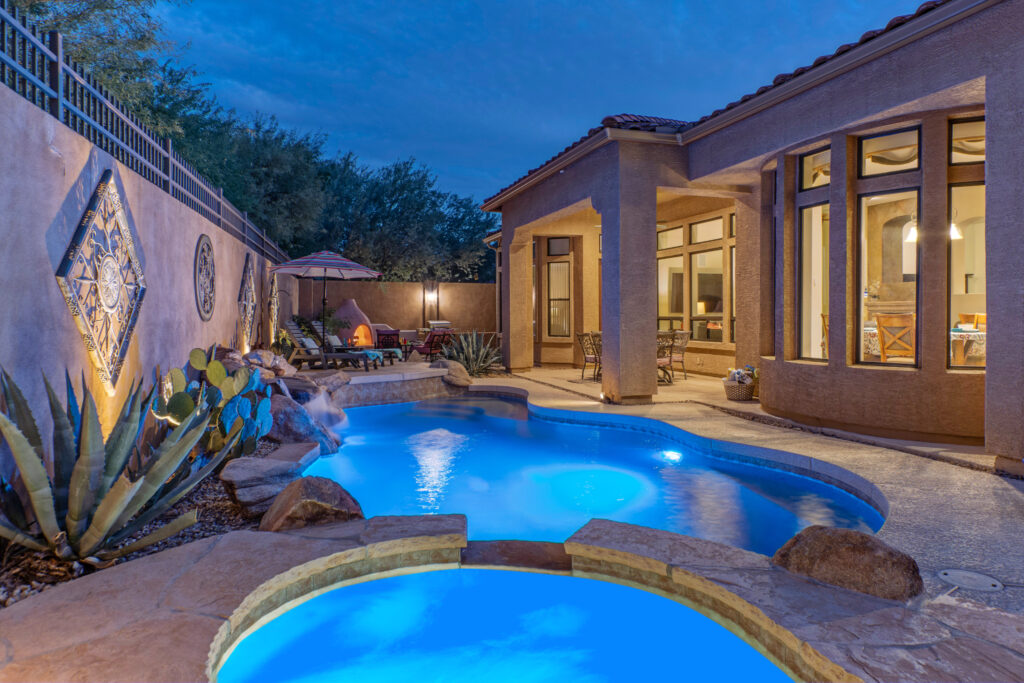
6. Local teams provide wellness checks on homes.
- AVHR makes frequent in-person wellness and safety checks on all homes, occupied or empty, to safeguard your investment.
7. When alerted by security systems, local teams go to your home to handle emergencies or guest concerns.
- AVHR responds immediately and in person to all alerts from security cameras and safety monitors, as well as all emergencies.
8. Local teams are weather aware and advise guests on safety precautions or property care to prevent weather-related damage.
- AVHR sends emails and texts and makes phone calls to guests to warn of last minute storms or weather related hazards. We then check homes in person after storms or concerning weather events.
9. Local property management companies know regional laws and requirements.
- AVHR stays up-to-date on all state and local laws, restrictions and policies in the municipalities we cover. We help you adhere to the applicable restrictions and avoid the consequences of non-compliance.
10. Local teams have personal knowledge of nearby attractions, events and services to recommend when guests ask.
- AVHR team members and their families live in the area and use first hand experiences to answer guests’ questions.
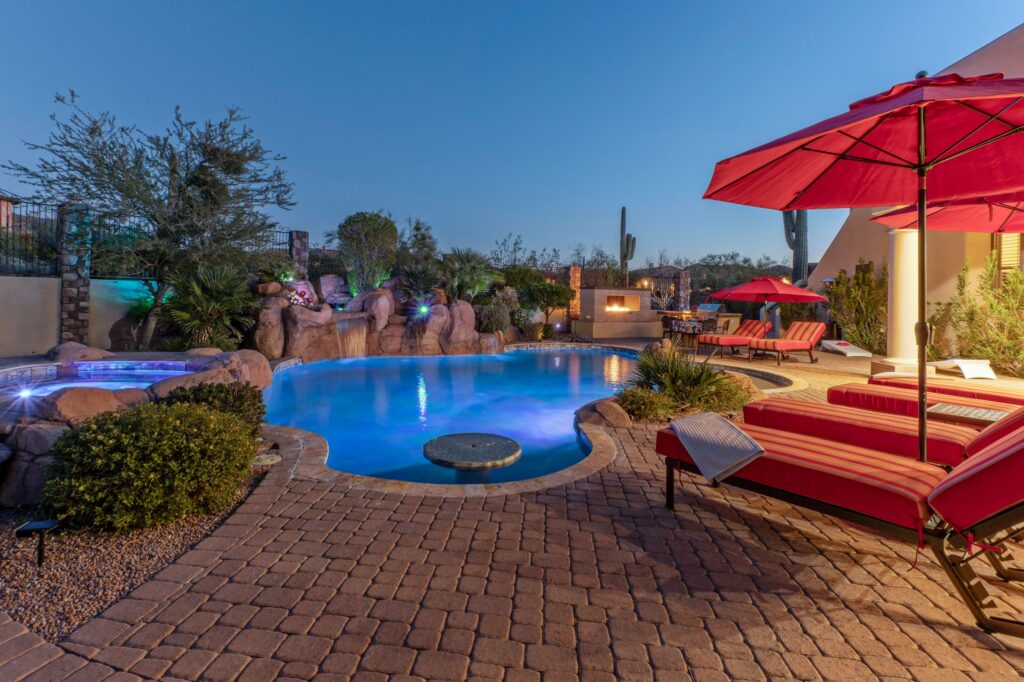
Save money and support local business by booking directly through
Arizona Vacation Home Rentals
Phone/Text: 480.626.4072
If you rent vacation homes you have possibly wondered about the advantages to owning one or even several. You can easily transition from renter to owner and there are many convincing reasons for doing this. There’s also important information to know in advance of making the decision to convert your property or invest in a second home for this purpose.
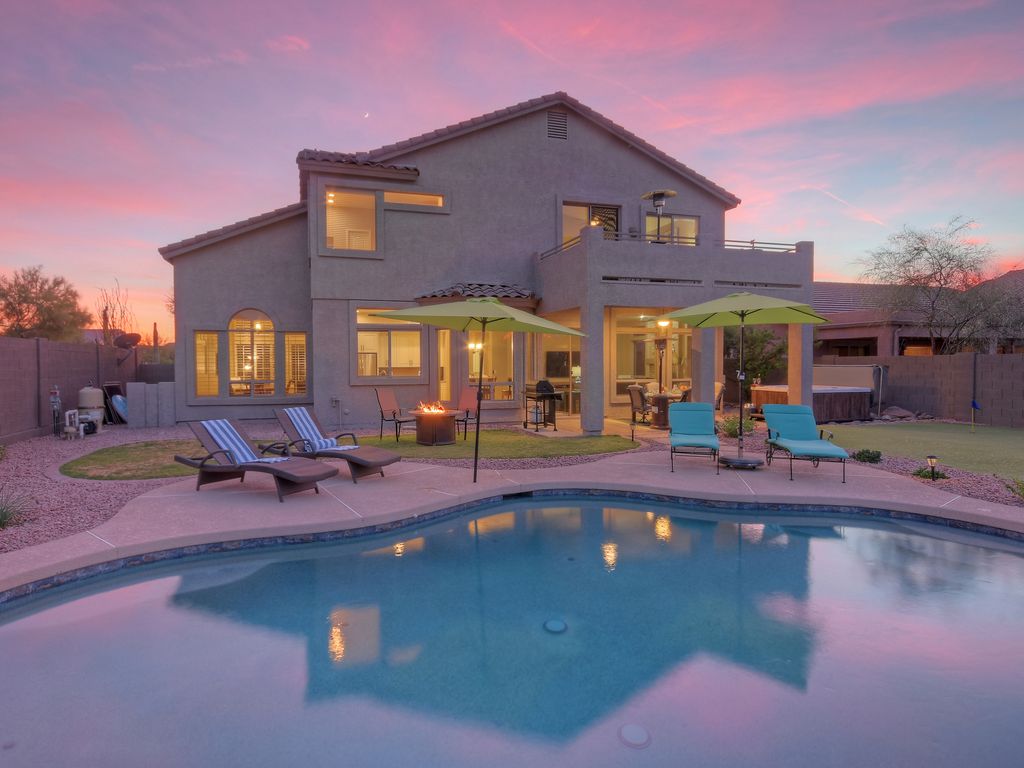
Why It’s a Good Idea
- Possibly the number one reason for owning a dual purpose home is that you can spend your vacations here and rent to others to pay for the home’s cost and upkeep.
- Vacation rentals are not like time share units: you block off the weeks or months you want to be at the home and make it available to others the remaining weeks.
- If you rent it out more than 14 days each year you can write off your expenses for maintenance and repairs.
- Over time and with the right investment, your property can increase its value.
- It might be a way to pay for a future retirement home.
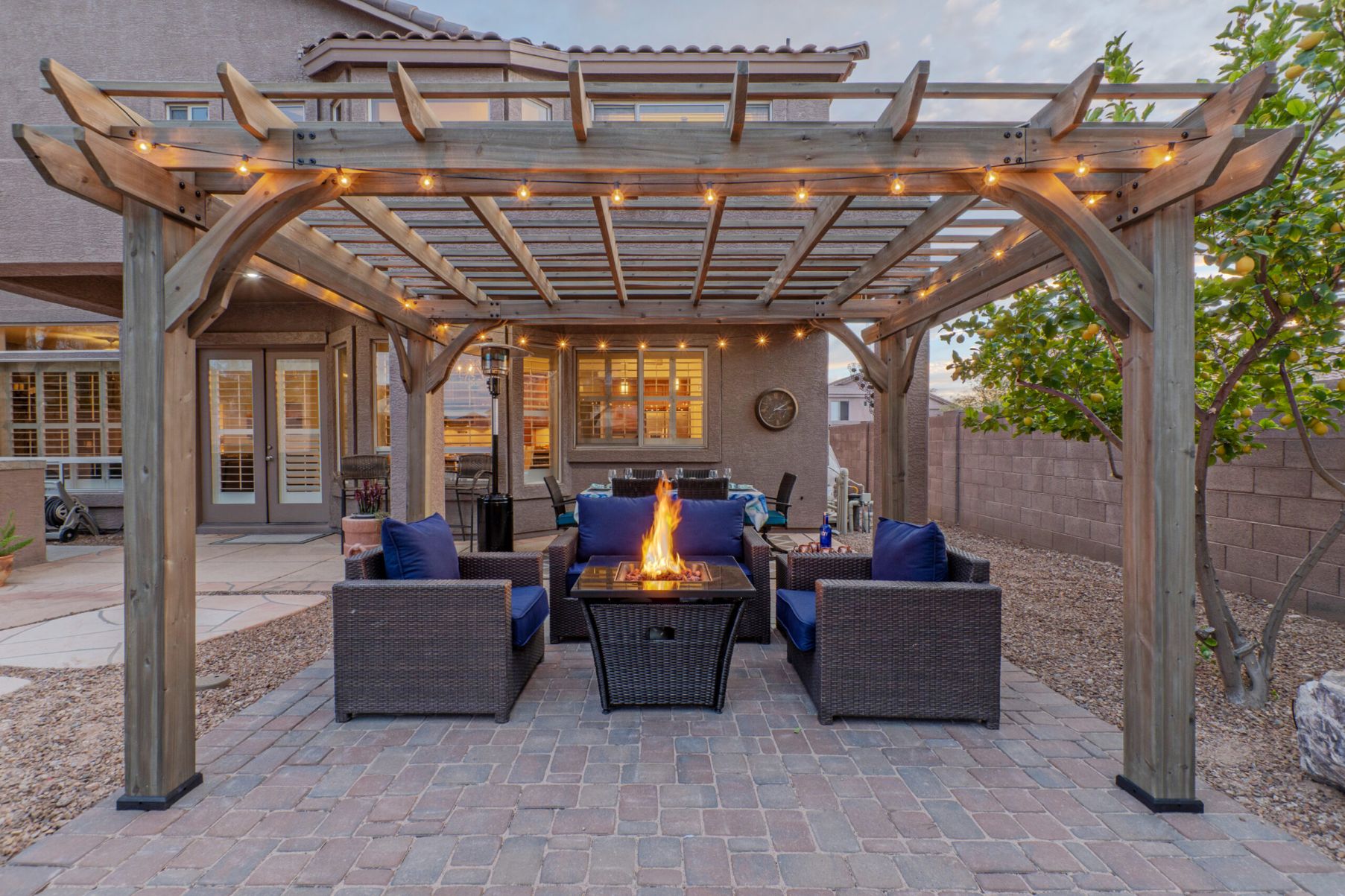
What You Need to Know Before Committing
- Location is critical!
- You will have an initial cost for converting a home to a rental property.
- Depending on the home, it can take a month or longer to get it ready for guests. AVHR does have a “fast listing” process that can get your home on-line in just one day.
- There will be marketing and maintenance costs as well as taxes and insurance plus unforeseen expenses.
- It can be a demanding experience unless you hire a manager to oversee marketing, cleaning, stocking, repairs, etc. Long distance landlords are not ideal when guests lock themselves out of the home or the hot water heater breaks. Local is best!
- There are off seasons and shifts in demand that affect how often the home is rented.
Getting Started
- Choose a general location.
- Shop houses with a projected income in mind. Location and amenities such as pool, hot tub, etc. will impact your potential earnings. AVHR has knowledge of the greater Phoenix area and can help you shop wisely.
- Be smart about HOA covenants as well as state and local ordinances that could affect your rental opportunities. Contact AVHR for information. We know our local communities and regulations.
- After purchasing the home (if not before) we highly recommend you hire a manager or consultant to help you complete the start-up process.
- Arizona Vacation Home Rentals is a full service, Five Star, local property management company that brings years of expertise to all areas of the vacation rental management business.
How Arizona Vacation Home Rentals (AVHR) Can Help You
- Our “Owners Choice” program gets you involved early and includes you in all steps of the rental process.
- We will provide you with a list of recommended items for all rooms in the house as well as a list of suggested improvements and amenities to increase the home’s appeal and rental fees.
- We will either help you with marketing or market the home for you. This includes but is not limited to professional eye-catching photos, written descriptions and optimized listings on the larger vacation rental platforms such as Vrbo, Airbnb, Expedia and more.
- We can manage your rentals from start to finish allowing you to be an absentee landlord by:
- Securing guests and replying to inquiries and questions.
- Handling collection of money including deposits, add on charges and refunds.
- Ensuring smooth check-ins, check-outs and pleasant stays.
- Providing 24/7 hour availability for emergencies and problems.
- Cleaning and restocking your home between each visit.
- Making minor repairs and overseeing maintenance.
- Requesting feedback and replying to guest reviews.
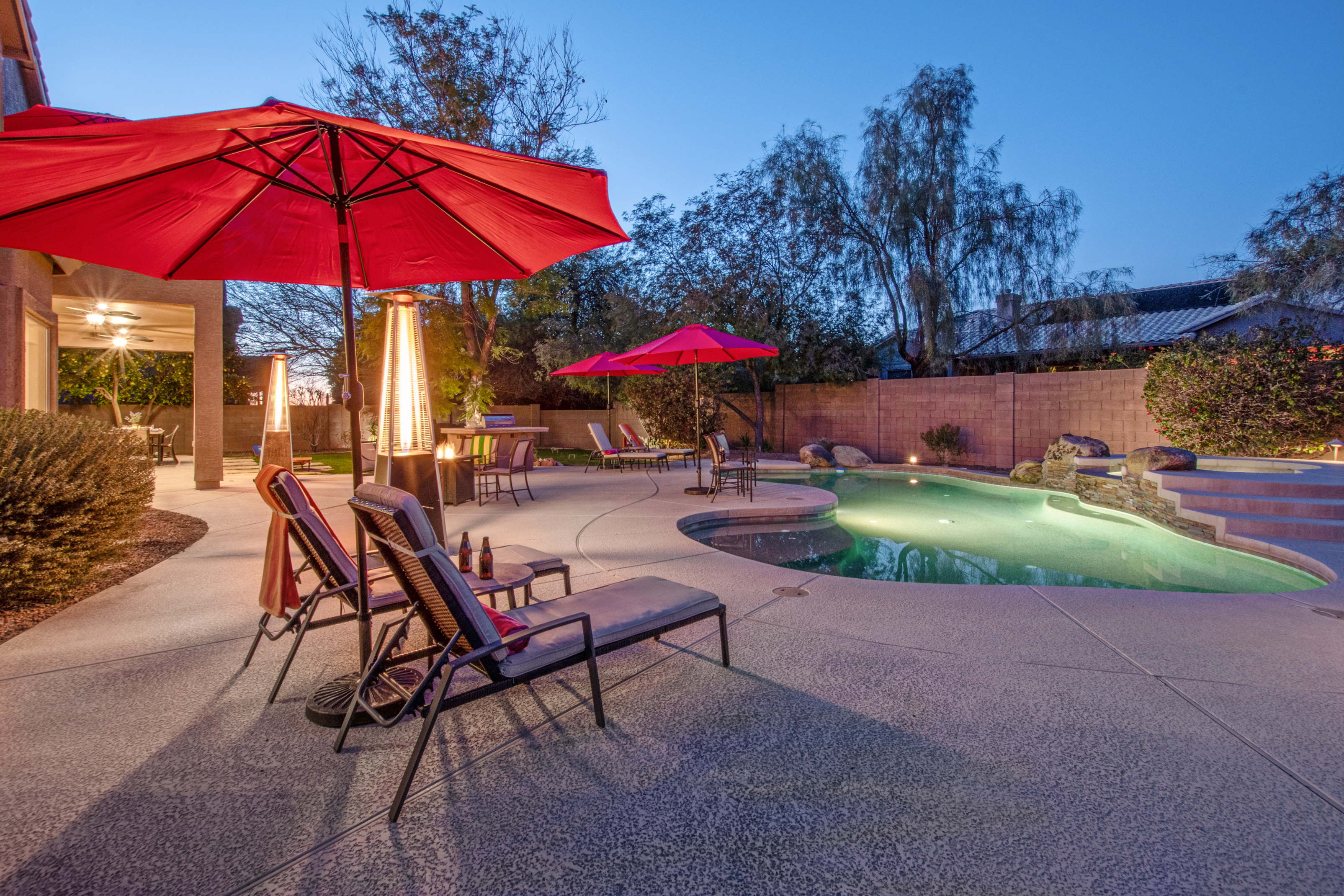
Arizona Vacation Home Rentals is a full spectrum property management company that specializes in vacation rental start-up projects, marketing and owner/guest liaison services for vacation rental properties in the greater Phoenix and Payson areas. We have more than 14 years of experience marketing all levels of vacation rental properties. We have helped over 200 owners transform their home into a vacation rental.
If you have questions or would like to discuss converting a home or purchasing a vacation rental property please contact us.
Arizona Vacation Home Rentals
Phone/Text: 480.626.4072
E-mail: info@AZVacationHomeRentals.com
Today’s traveler expects vacation rental properties to have all the conveniences of home. Many travelers are looking for the ultimate escape and seek homes with resort amenities or features above and beyond their own living accommodations.
Homes stocked with quality items make guests feel pampered and contribute to a better overall experience. No surprise that great experiences lead to better reviews and yield more bookings. Amenities and the guest experience can turn the one time visitor into a repeat guest.
The goal is to create spaces that make guests feel like they never want to leave. Arizona Vacation Home Rentals (AVHR) provides owners with this spreadsheet New Home Inventory List to help you estimate your start up costs. What follows in this blog is essential information along with the rationale for our recommendations.

Important Policies
- Pet Policy – We do not allow pets inside our homes. Many owners and guests are allergic to them and having a pet in the home can cause damage and extra cleaning.
- Smoking Policy – Absolutely zero smoking is allowed inside or outside of our homes.
- Summertime Thermostats:
- We send guests emails with summer time thermostat expectations.
- We ask owners NOT to put locks on their thermostats.
- We ask owners with remote access not to touch the thermostat when home is occupied with guests. Guests experience different levels of temperature comfort and we want them to be comfortable both day and night.
Doing Our Share
- AVHR installs a camera on the front of your home’s garage facing the street:
- These cameras have audio capability turned off for guest privacy.
- Cameras help us keep your home and guests safe and assist with ensuring the home isn’t over occupancy limits.
- We are unable to provide owners access to these cameras.
- We ask that owners who have security cameras on homes remove them.
- If owners have cameras to monitor landscaping, pool and pest services, we ask that these be mounted near our camera on the front of the garage. Audio capabilities should be turned off.
- We strongly urge Ring doorbells be removed. The feedback from past guests is that Ring doorbells make them feel as if they are being spied on.
- Highchairs and Pack ’N Plays are available for guests to reserve for an additional charge. We will deliver and pick them up from your home after the guests check out.
- As part of our service we supply and restock the following:
- Dish soap, laundry soap, hand soap
- Toilet paper, paper towels
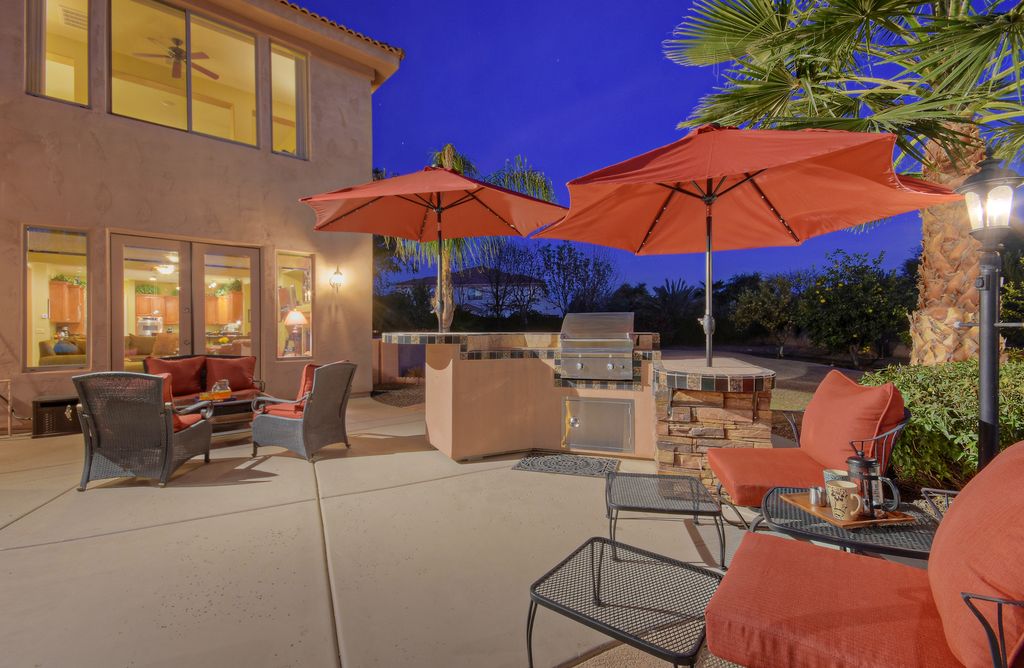
Less Pricey Shopping with Quality in Mind
- Our favorite affordable furniture store is American Furniture Warehouse.
- Costco has high quality items for good prices. We recommend purchasing as many of your furnishings (towels, sheets, kitchen items) as possible from Costco.
Home Smart Technology
It goes without saying that travelers expect the best home smart technology in their vacation homes whether they are traveling for pleasure or their destination is work-related:
- We recommend high speed internet so guests can log into their personal streaming accounts for watching TV and more.
- Larger homes should have internet extenders to allow access on pool decks.
- Cable TV service is not necessary. Guests can stream their personal apps on smart TVs.
- Choose Smart TVs with a variety of apps and high speed internet options. Samsung is our favorite because they have all the streaming apps, are easy for guests to use and connect to the home’s wifi.
- Many travelers have TVs in their bedrooms at home and expect TVs in the bedrooms of their vacation homes.
- When multiple or large families rent a home together, bedroom TVs offer a quiet place to escape the crowd and view a favorite show.
- Bedroom TVs should be at least 50 inches in size.
- Great room TVs should be at least 65 inches; a sound bar is helpful for homes with movie/theater rooms.
- We do not recommend you subscribe to a streaming service for your home. We will provide an account for guests who do not know how to stream.
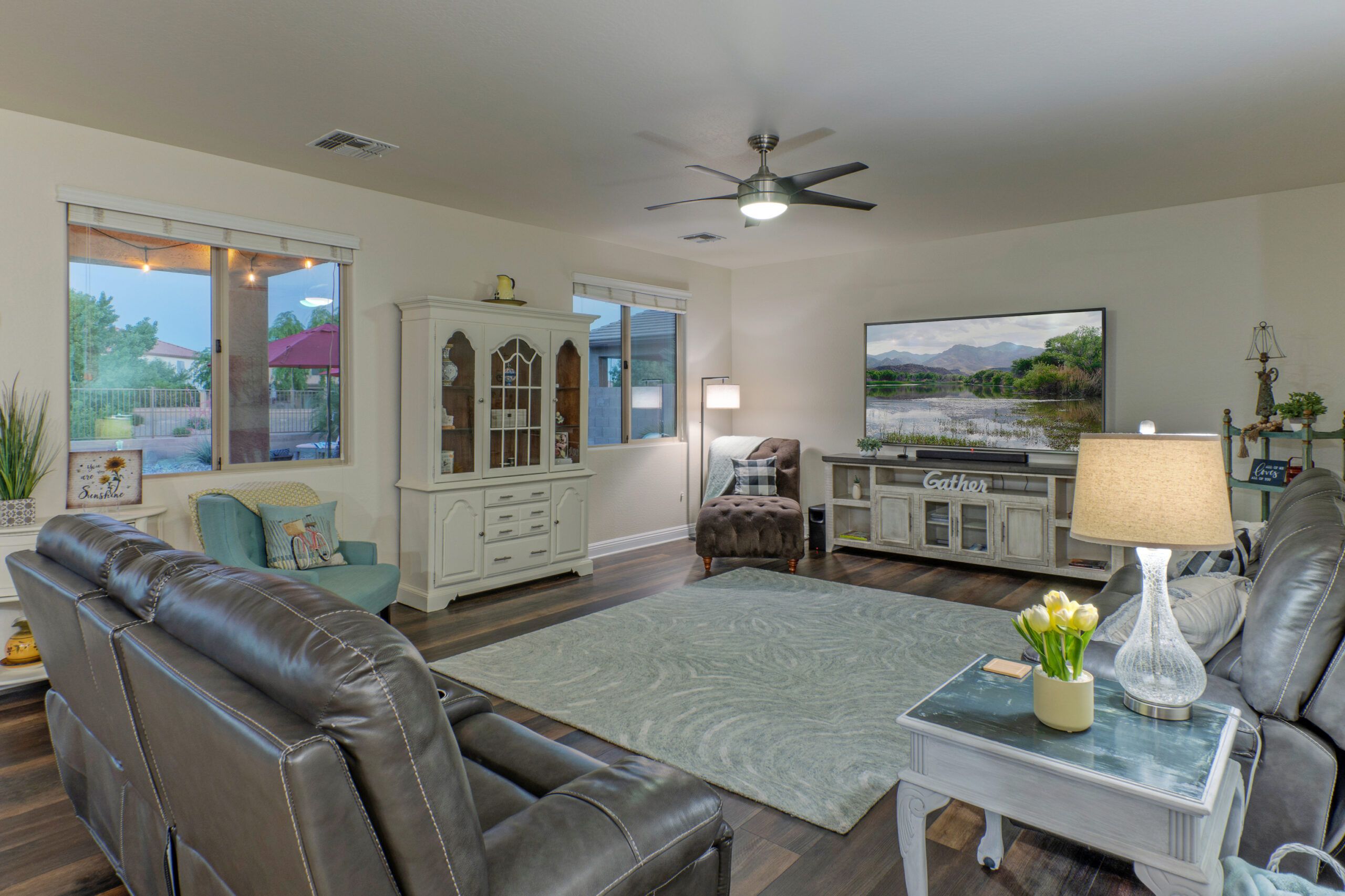
Kitchens for Cooking and Eating
Well stocked kitchens are a perk to staying at a vacation home instead of a hotel. Guests may want to prepare home cooked meals and expect the usual staples to be supplied:
- Double the guest count for dishes and silverware. If your home sleeps 10, purchase 20 counts of plates, cups, bowls, spoons and so on.
- Melamine dinnerware and acrylic drink ware is recommended to have on hand for outdoor/poolside eating and drinking.
- Select by Calphalon pots and pans hold up longer than teflon.
- Providing only silicone spatulas and utensils prevents scratching and damage to cookware.
- We think it is prudent to have both Keurig and drip coffee machines since guests may strongly prefer one over the other.
- Homes for large families often need extra refrigerator space. For homes with only one kitchen fridge we recommend a beverage fridge for the garage or laundry room, or a weather friendly one for the backyard.

Good Night, Sleep Tight Bedrooms
Everyone deserves to sleep comfortably while on vacation or working away from home. Owners should consider furnishing each bedroom to function as a mini-hotel room:
- Because many people have king beds in their bedrooms at home, our first choice is king beds for ALL bedrooms that have enough floor space. King beds in multiple or all bedrooms reduces arguments over sleeping arrangements and who gets the “primary suite.”
- Queen beds are not usually recommended. Guests have never complained about a bed being too big for a bedroom but we do get comments about not enough king beds.
- In some homes we recommend 2 king beds with a nightstand between them which increases occupancy and allows us to increase the pricing of the home. Please talk to someone at AVHR before purchasing 2 kings beds for a bedroom.
- If a king bed does not fit, the next best option is two XL twin beds.
- Cozy and premium bedding enhances everyone’s sleep. We recommend hotel style comforters that are easy to wash and protectors to keep pillows and mattresses fresh and long-lasting. Avoid cheap, ill-fitted bed sheets as guests notice and comment in home reviews about preferring luxurious bed linens. Kirkland Signature sheets at Costco are a good choice.
- Provide extra blankets that are the same size as beds. Store these in clear sweater or blanket bags on closet shelves in the bedrooms. Our cleaning staff will know blankets need washed if they are out of storage bags or closets.
- Supply one set of sheets per bed. Choose white which can be bleached or a neutral color. Guests will typically use any and all extra sets of sheets so please no more than one or two extra sheet sets in your home. Too many linens to wash makes it challenging to turn homes in a timely manner.
- Area rugs are recommended for bedrooms without carpet. Keep in mind that rugs (and carpets) will need to be cleaned when dirty or replaced when stained or worn.
- Guests want to unpack their luggage and move into their vacation rental home: a luggage rack is recommended for each bedroom.
- Bedrooms should have closets and dressers. We recommend a hanging closet organizer for bedrooms that are don’t have space for a dresser.
- Bedrooms without closet space should have an armoire or wardrobe for guests to hang clothes.
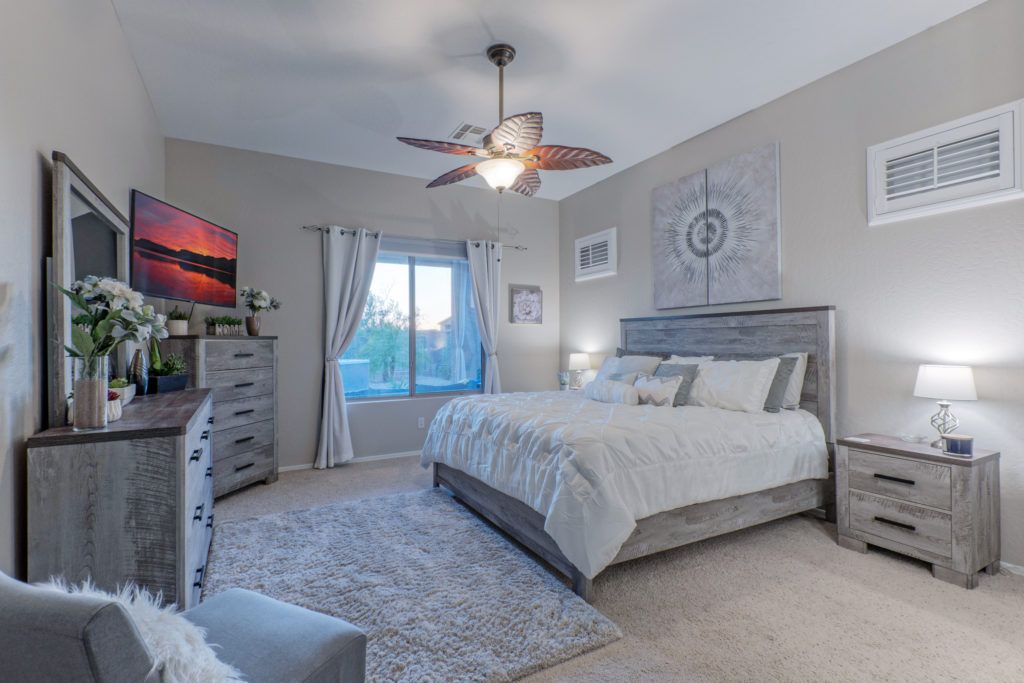
Fresh and Clean: Bathrooms and Laundry Rooms
Bathrooms and bedrooms tend to be the rooms that leave lasting impressions on guests. Guests respond well to bathrooms that are updated so this may be money well spent:
- Tan, grey or white towels are the best choice of colors for towels. You need two towels per guest. If your home sleeps 10 you will need 20 bath towels, 20 hand towels and 20 wash cloths.
- Charisma 100% hygrocotton towels from Costco are perfect. Walmart has a cheaper towel option (standard bath towels are about $5); however, the price reflects the quality and they will likely need to be replaced more frequently.
- Pool towels should be the same number as the maximum occupancy in your home and a separate color or pattern to avoid confusion with bath towels.
- Towels should not be stored under sinks as problems may occur; place them in linen closets or bedrooms
- Clear, plastic soap dispensers ensure the cleaning crew sees when they need to be refilled. The metal kind tend to corrode.
- Step stools for hand washing and toothbrushing are advised to discourage children from standing on and breaking commode seats.
- We highly recommend adding a commercial grade washer and dryer to your home. The washer should have a quick wash feature to facilitate flipping your home quickly when necessary.
- An iron and ironing board are a must; a steamer is even better.
- No bleach products – we will remove them from your home if we find them as guests tend to bleach the wrong things. This will help protect your towels and bedding from being ruined.
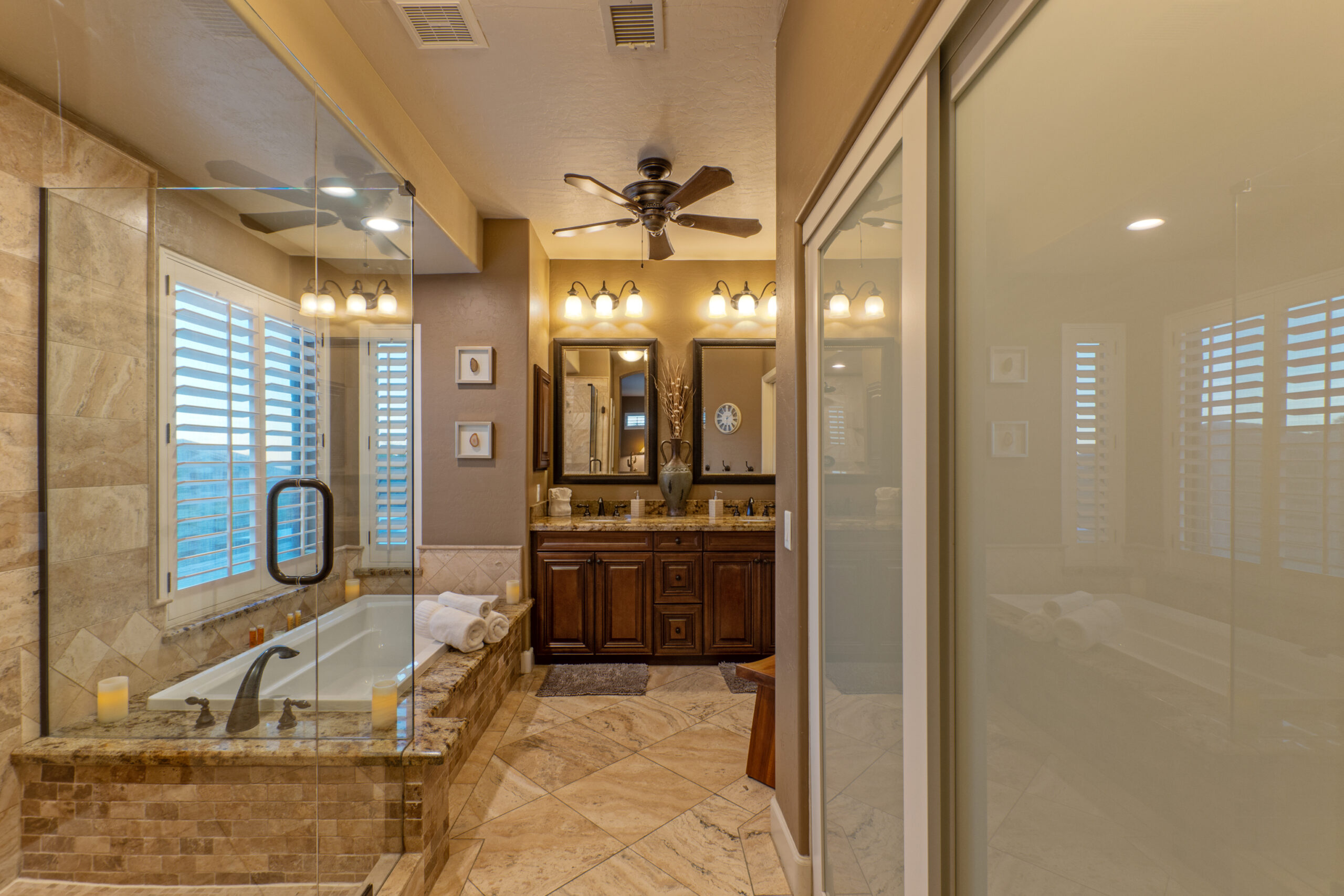
The Outdoor Oasis
Many guests comment in home reviews how much they enjoy the outdoor spaces at their vacation home. Lay a foundation for memory making with an amenity rich outdoor setting that includes comfortable furnishings and activities for guests of all ages:
- We recommend adding a hot tub to your property if you do not have one. Even with a heated pool, the weather can be too cool for swimming in the winter. Hot tubs are high on the list of searched amenities and add value to guests’ experiences. We find chlorine works best for hot tubs.
- Patio furniture should include a dining table and chair set with enough seating for the guest occupancy number.
- Extra chairs that are light, comfortable and can be easily moved to and from the pool area are also needed. Home Depot has inexpensive choices: non-metal is preferred as metal gets hot in the sun although wicker tends to break down in the sun over time.
- Several small outdoor end tables are a nice touch and add to guests’ comfort.
- Umbrellas are needed for pool decks and patios. Unfortunately, umbrellas wear out. Expect to replace them every 1 – 2 years.
- Sturdy umbrella stands are a must! The wind picks up quickly during monsoon season and can knock the umbrellas and stands into the pools. Choose stands that are at least 30 lbs; heavier and with wheels are even better.
- We highly recommend adding pool heat to your pool. Electric is preferred because although it takes longer to reach the desired temperature, it costs far less to maintain the temp goal.
- Electric heat costs roughly $7-10/day; gas heat can be as much as $25/day in cold months.
- We charge guests for daily pool heat; therefore, the cost of adding a heater will pay for itself in 2 – 3 years.
- We turn pool heaters on in October and run them full time until May. The exception to this is if we have a vacancy gap longer than a week or two. The actual cost to heat a pool from the ambient temperature of 55°- 60° up to 85° is more than if we leave the pool heat on all the time.
- We suggest pool covers for pools that have electric heat pumps.
- We recommend leaving pool pumps on 24/7; this ensures the pool stays heated and clean.
- You will need to set up weekly pool service with a pool maintenance company. The service needs to be available for weekend service calls.
- For liability reasons we do not supply pool toys or life jackets. If owners or former guests leave these items for incoming guests to use we advise guests they are to use at their own risk.
- Outdoor toys such as corn hole add exciting choices for guests. Expect all toys to get wet and wear out over time. Wood products should be avoided.
- Bikes are recommended for each home. We suggest four mountain bikes: two men’s and two women’s. AVHR can refer you to our bike service for regular maintenance.
- Landscaping services should be set up for twice each month.
- A monthly pest service is recommended with a repeat, no cost, same-day call out as needed.
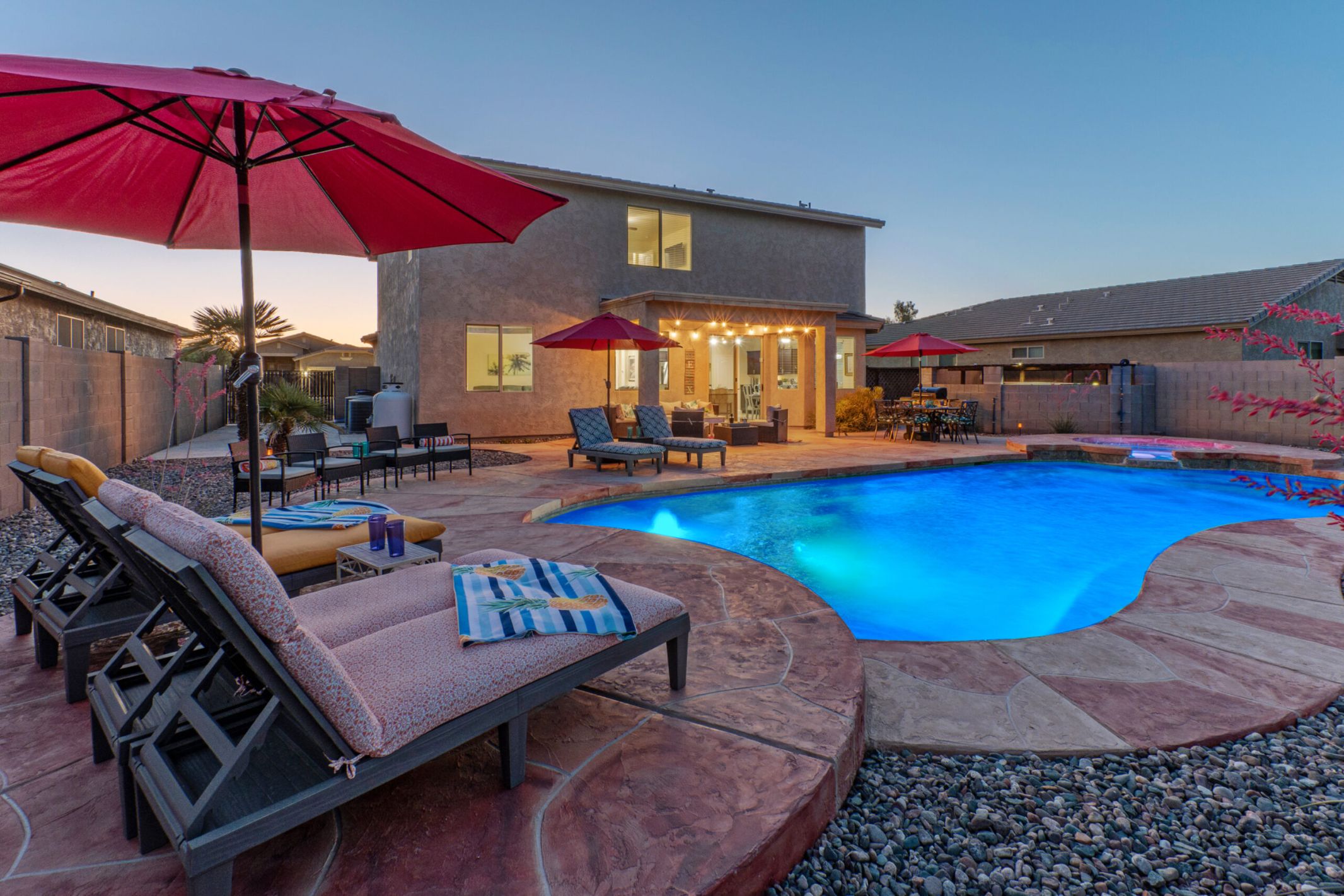
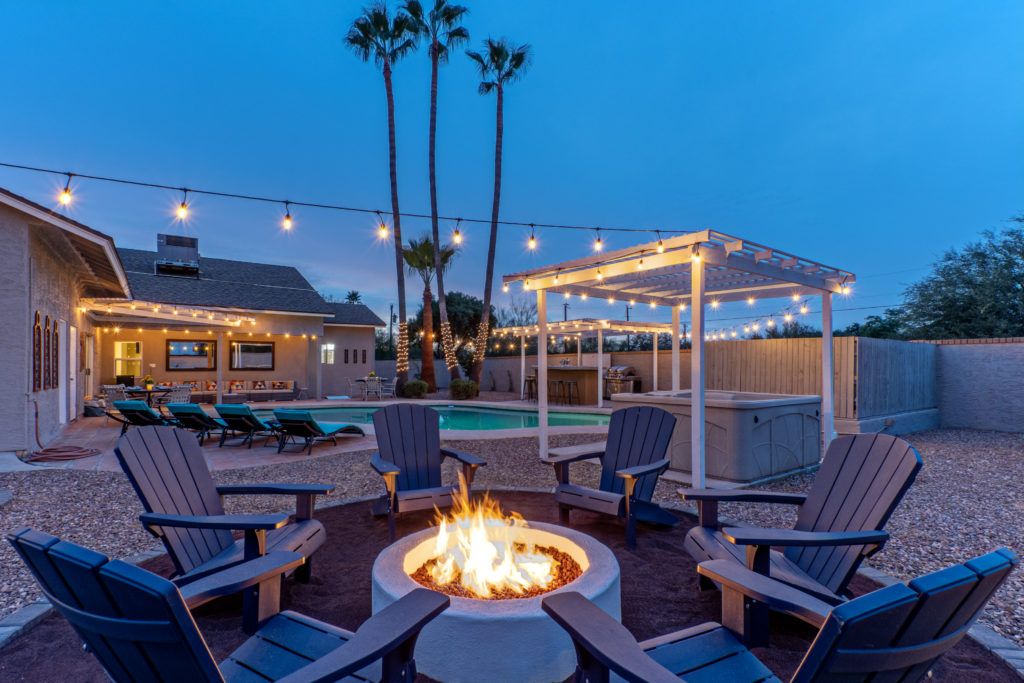
The Final Touch
- We ask that owners provide a key package that includes 4 sets of each key to the home: door, mailbox and community pool. We will label the keys.
- Guests respond well to updated homes. This may seem small but we recommend changing any brass hardware: door knobs, pulls, handles, and hinges as these age a home.
- And finally, your vacation rental should meet high standards of comfort, convenience and cleanliness. These significantly impact impressions and reviews. Guests may have suggestions that are helpful and we will keep you apprised of these. Over time AVHR will help you review the quality of your vacation rental property and recommend upgrades and improvements when needed.
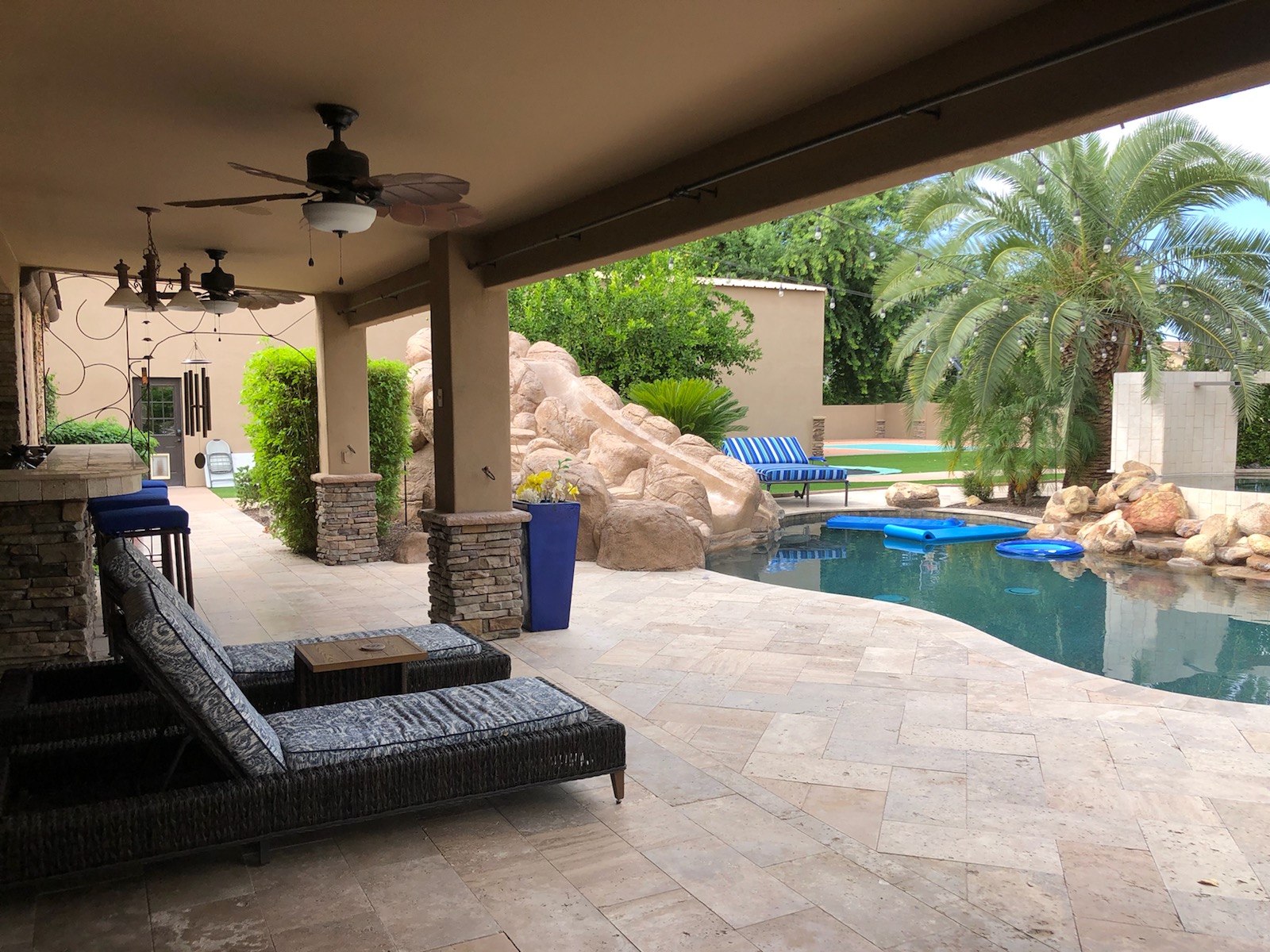
Save money and support local business by booking directly through
Arizona Vacation Home Rentals
Phone/Text: 480.626.4072
